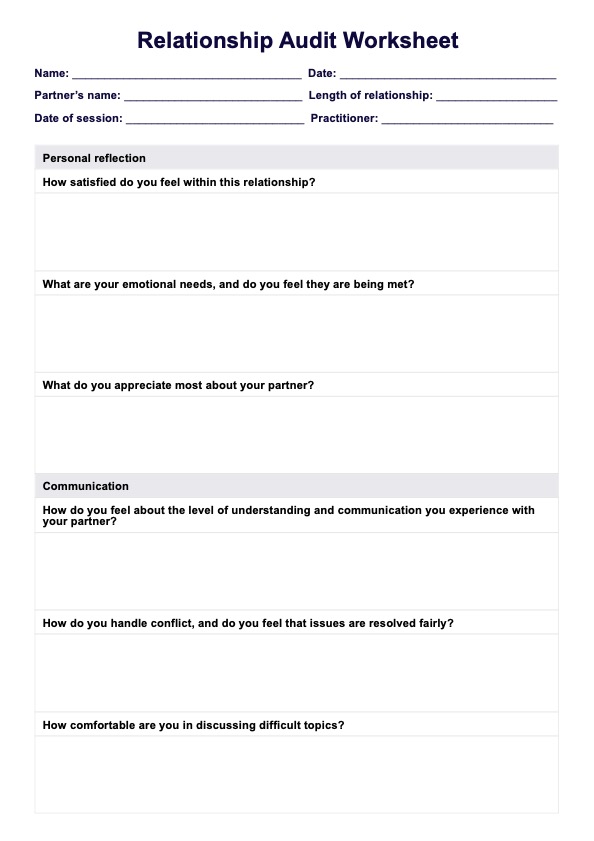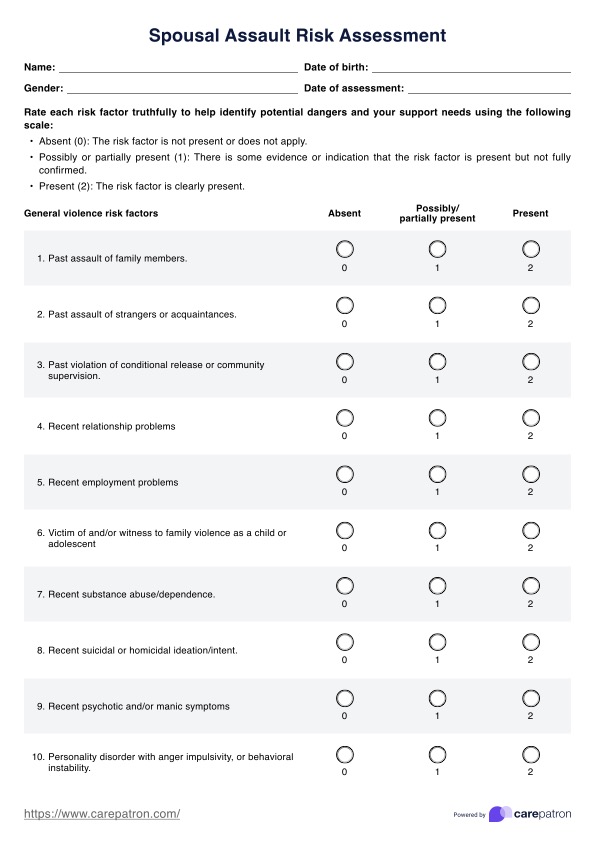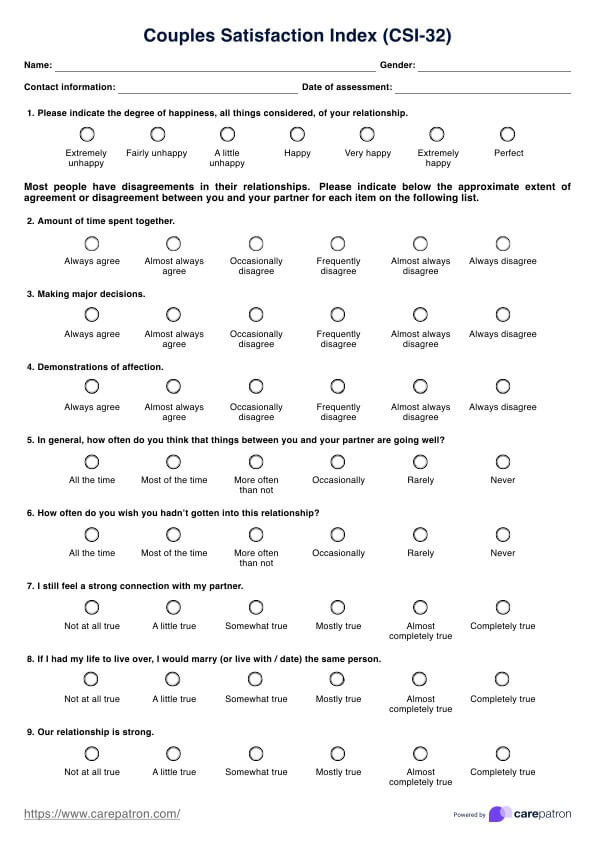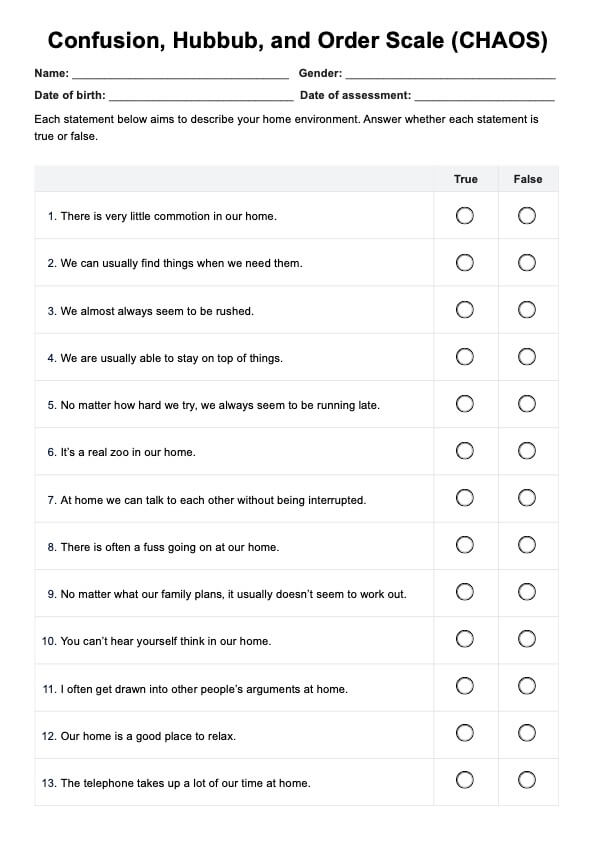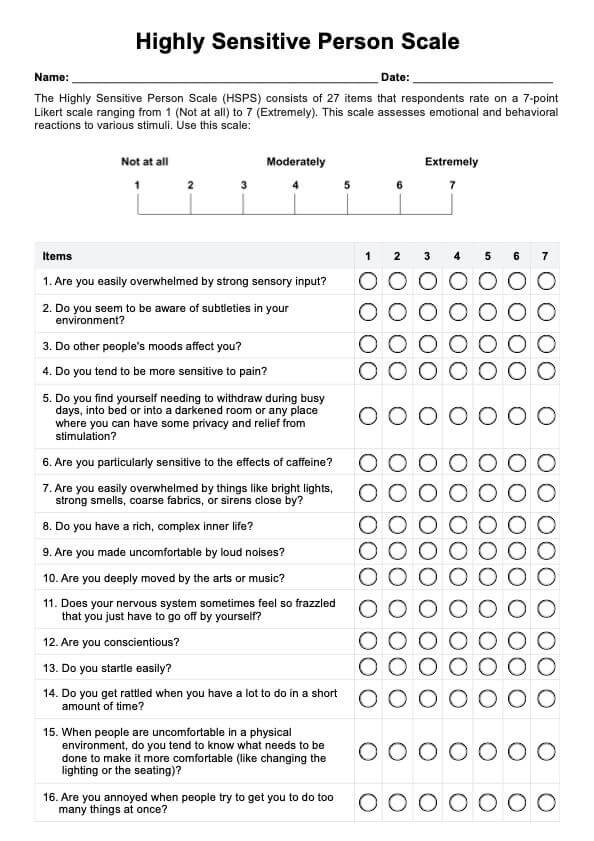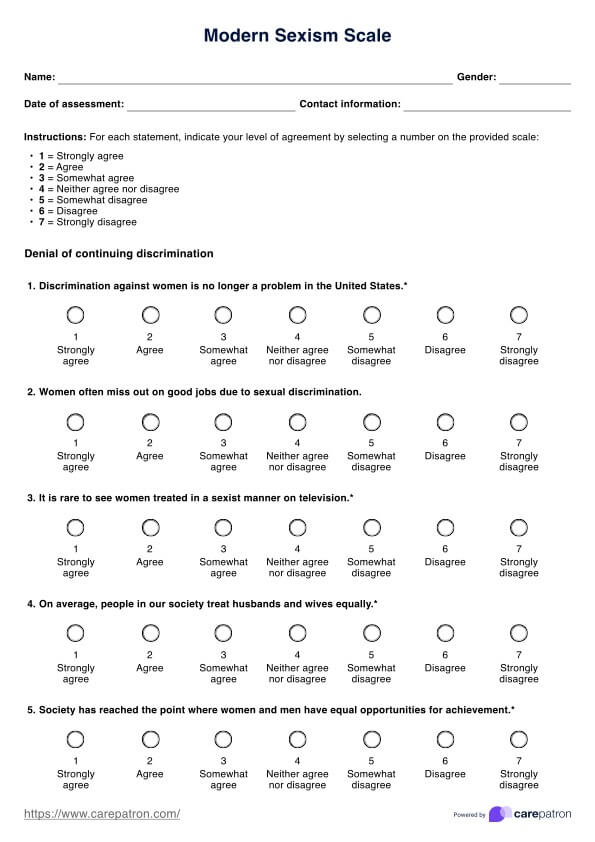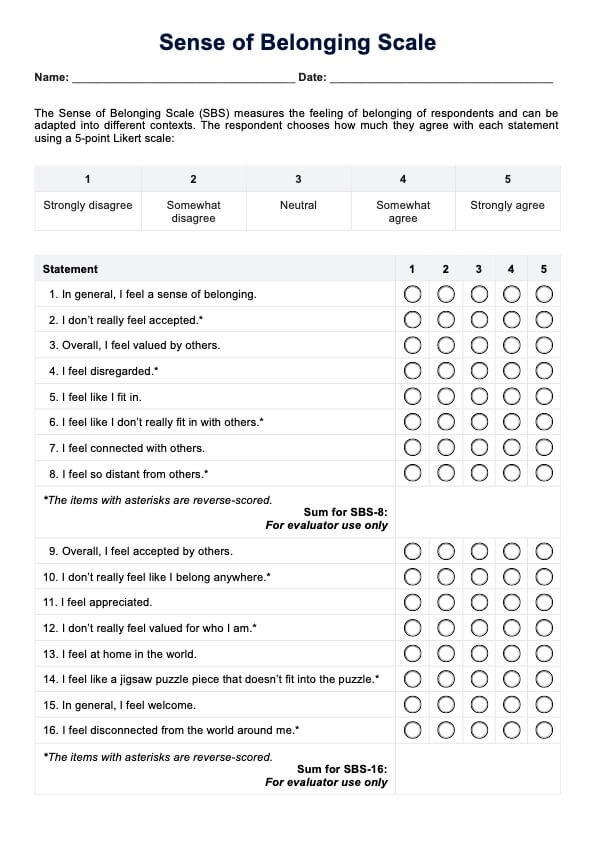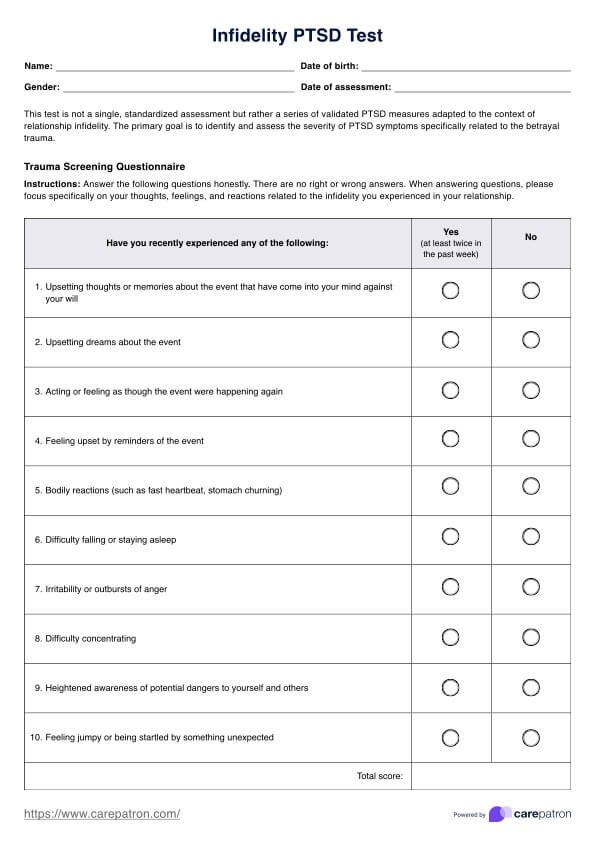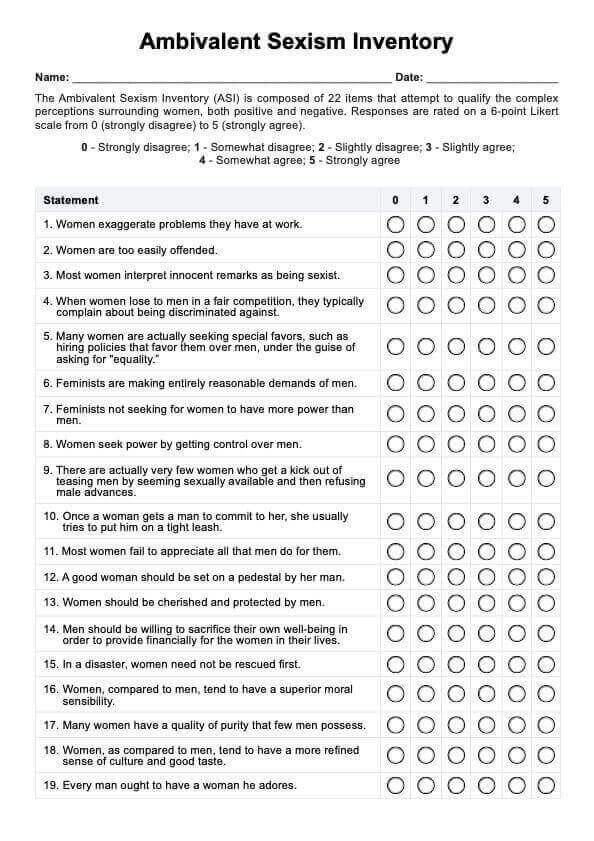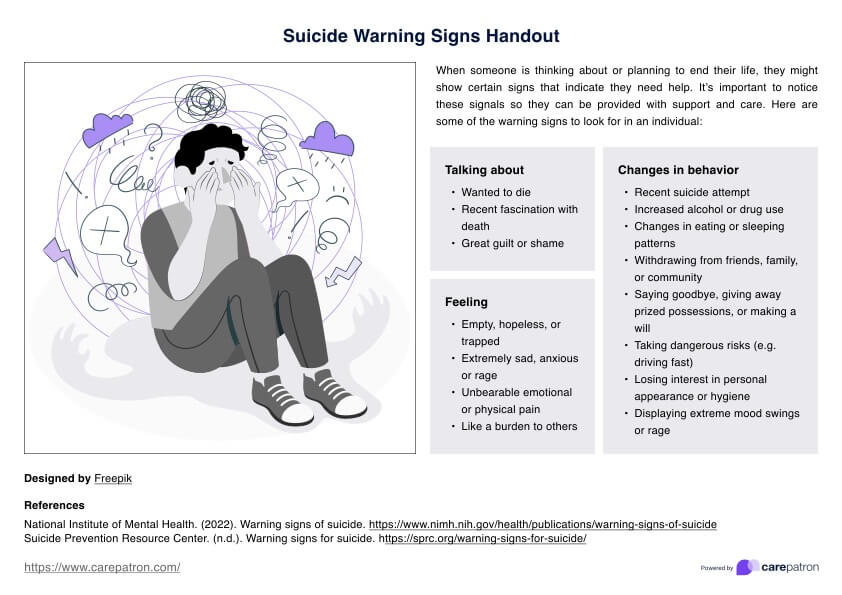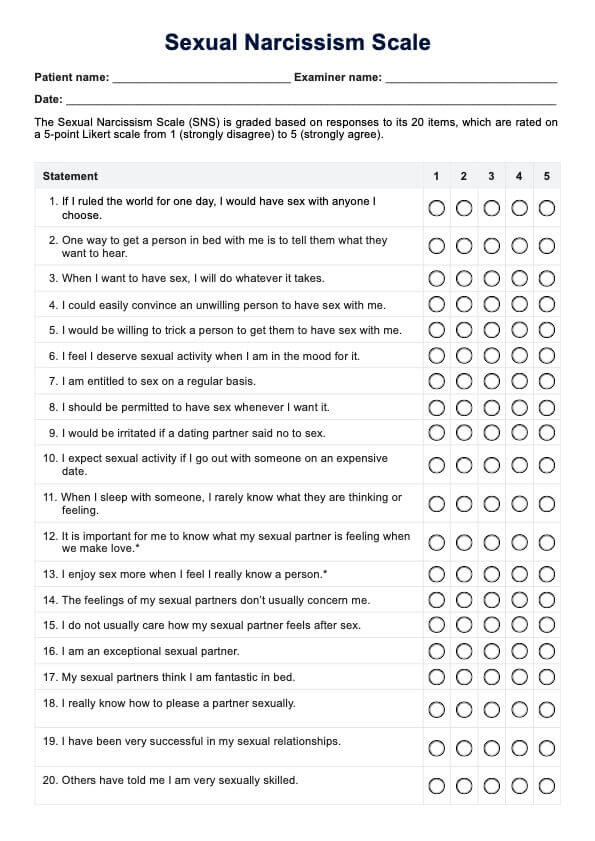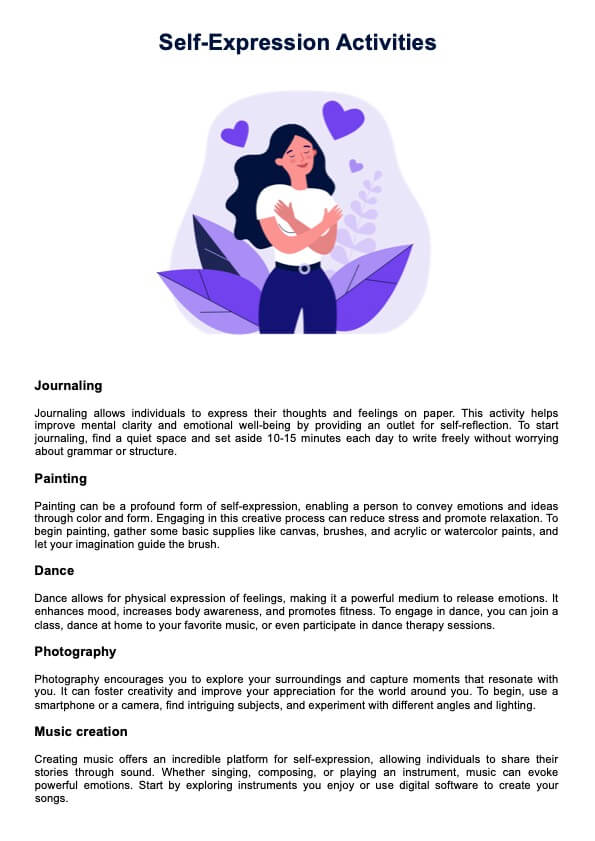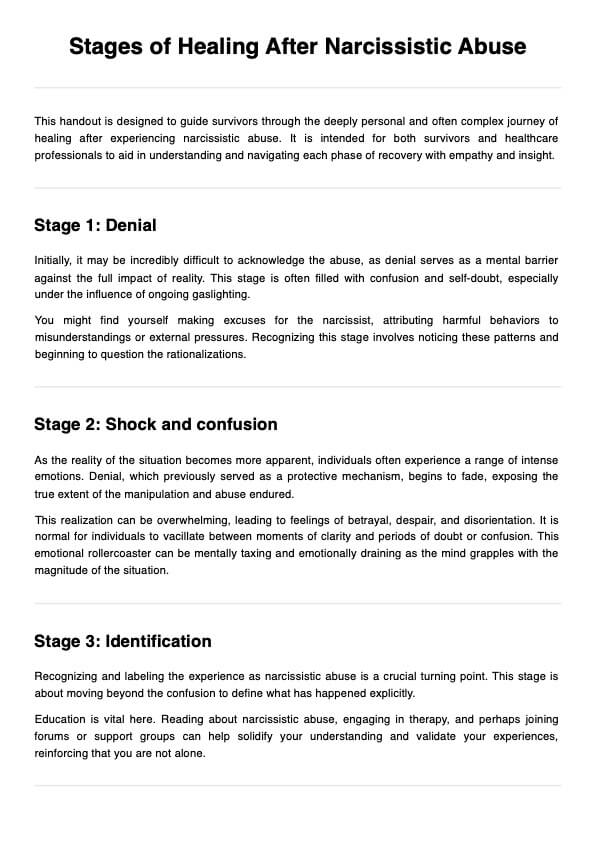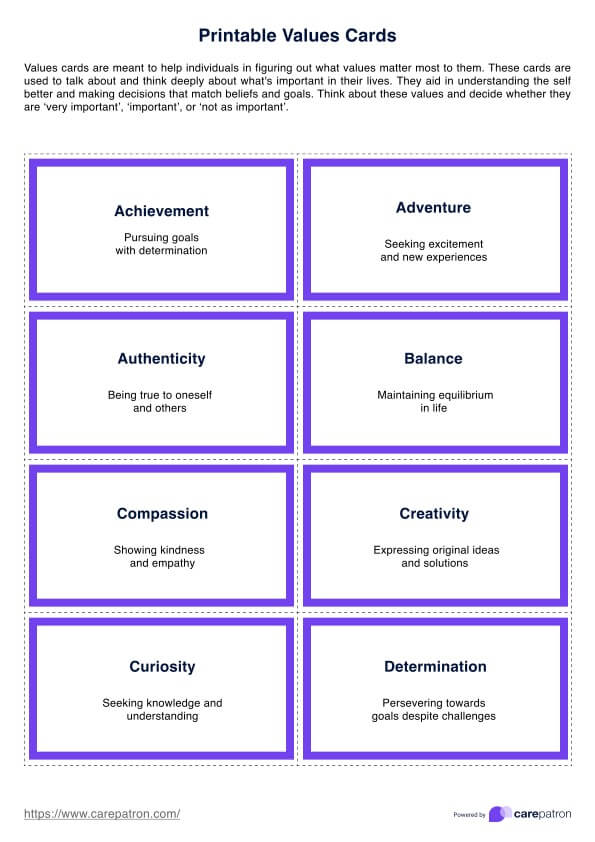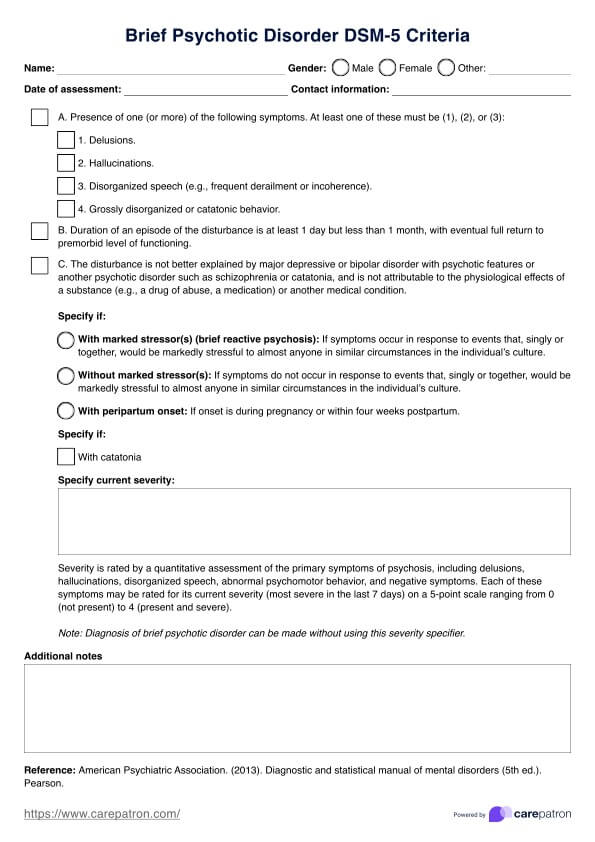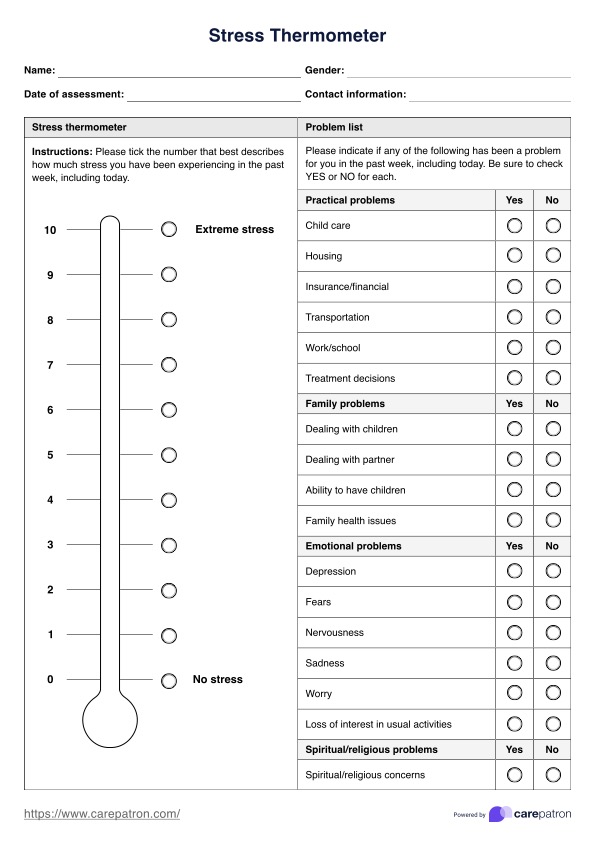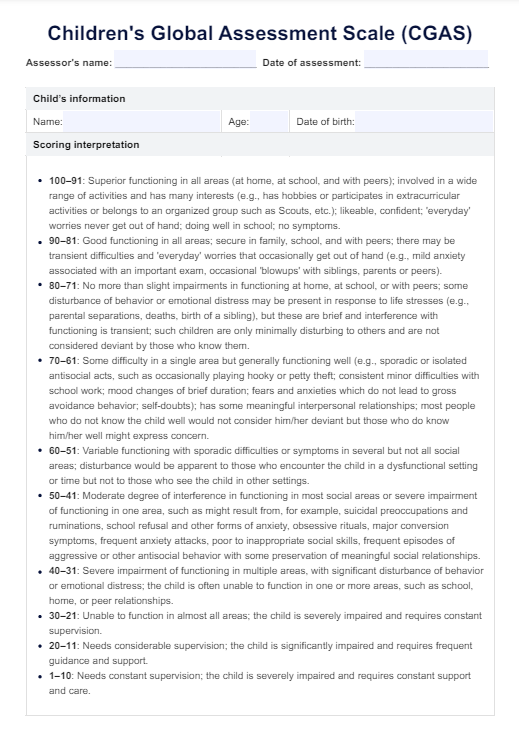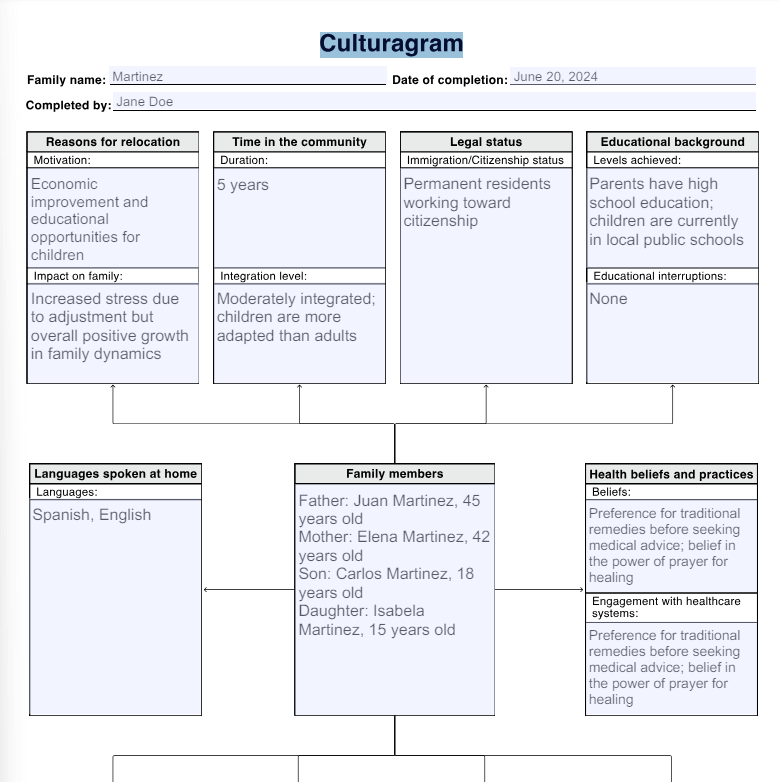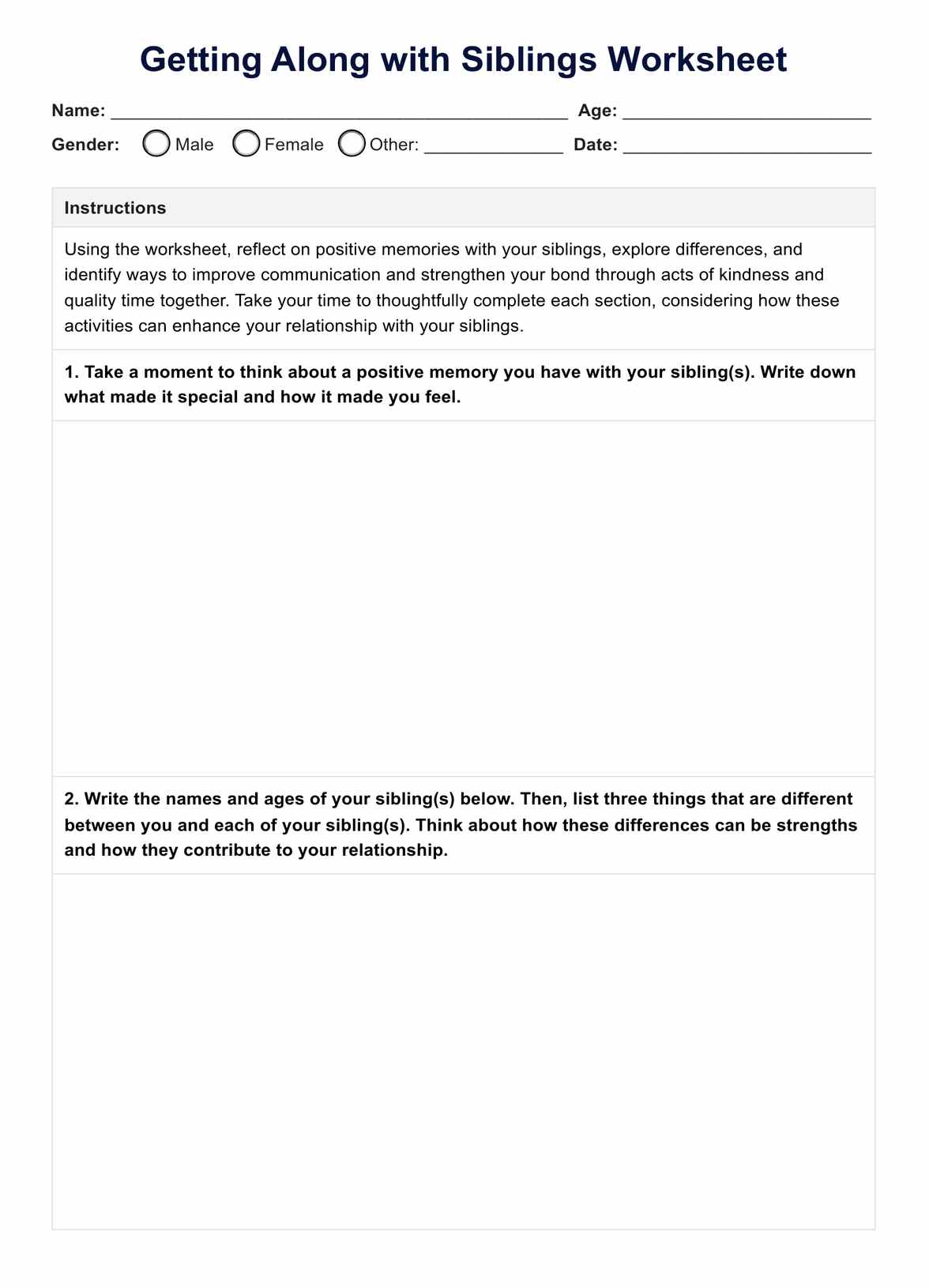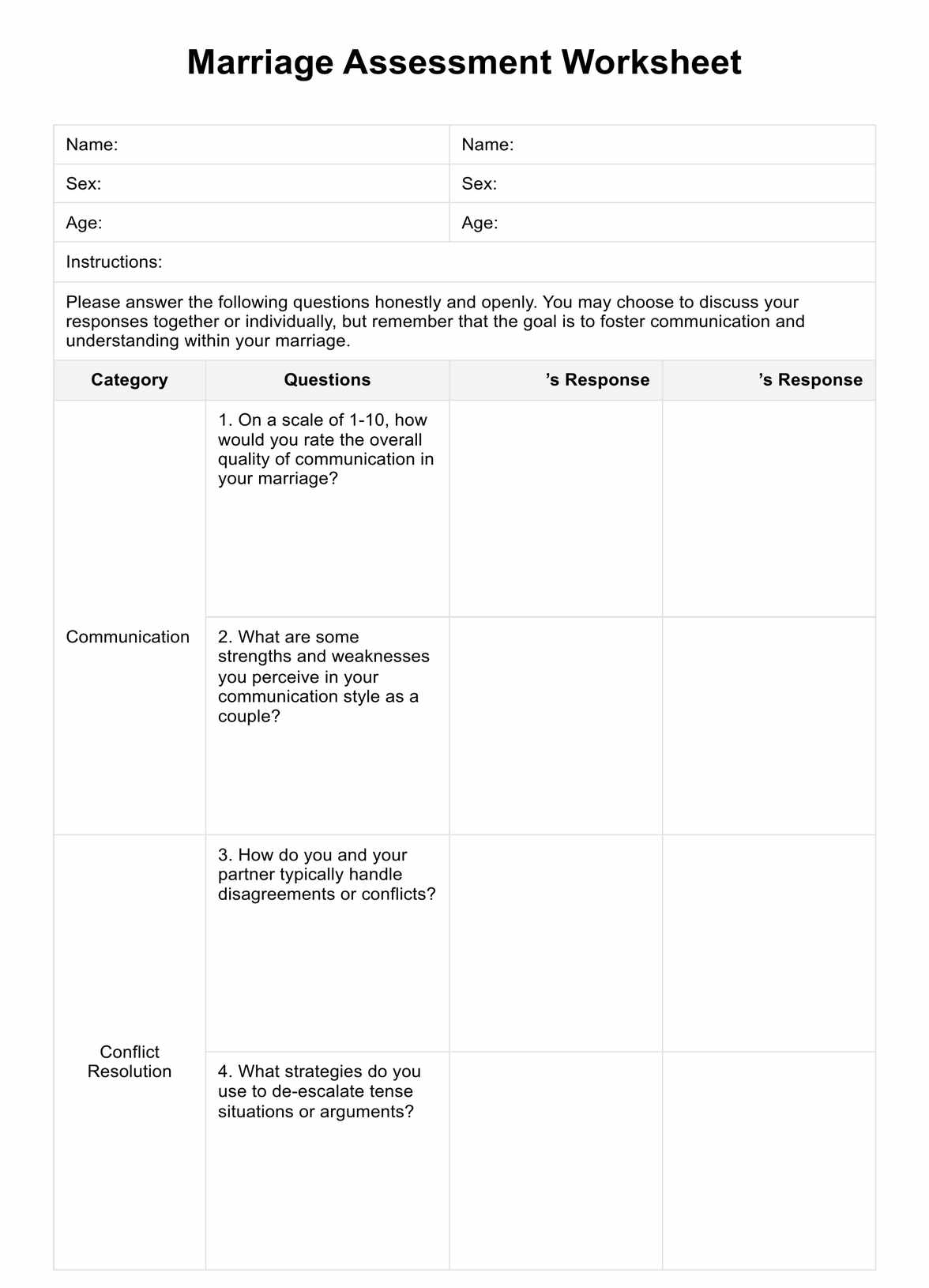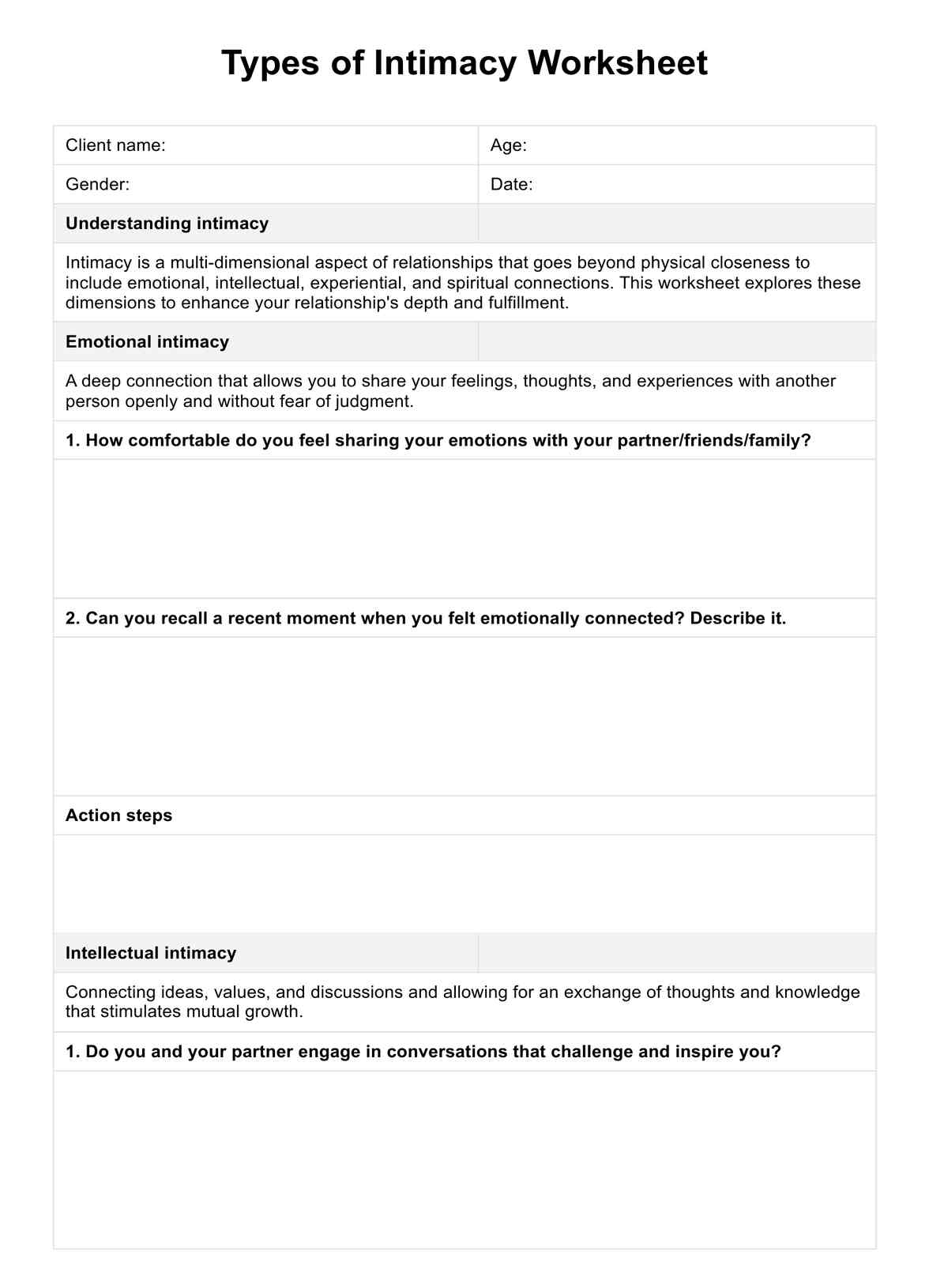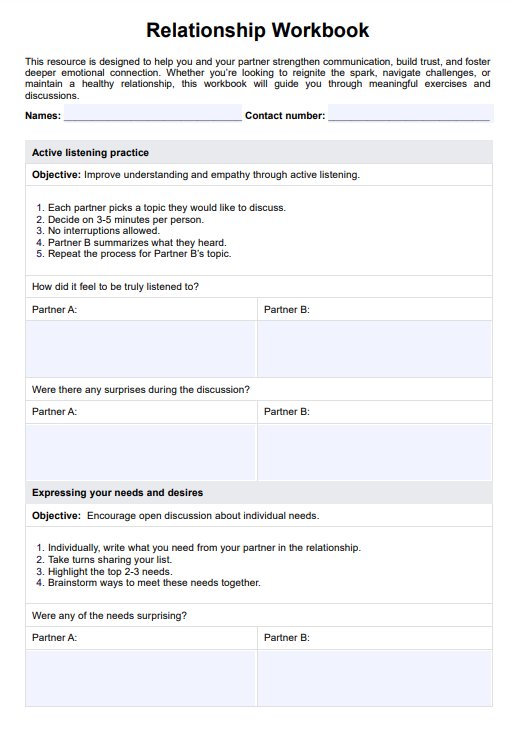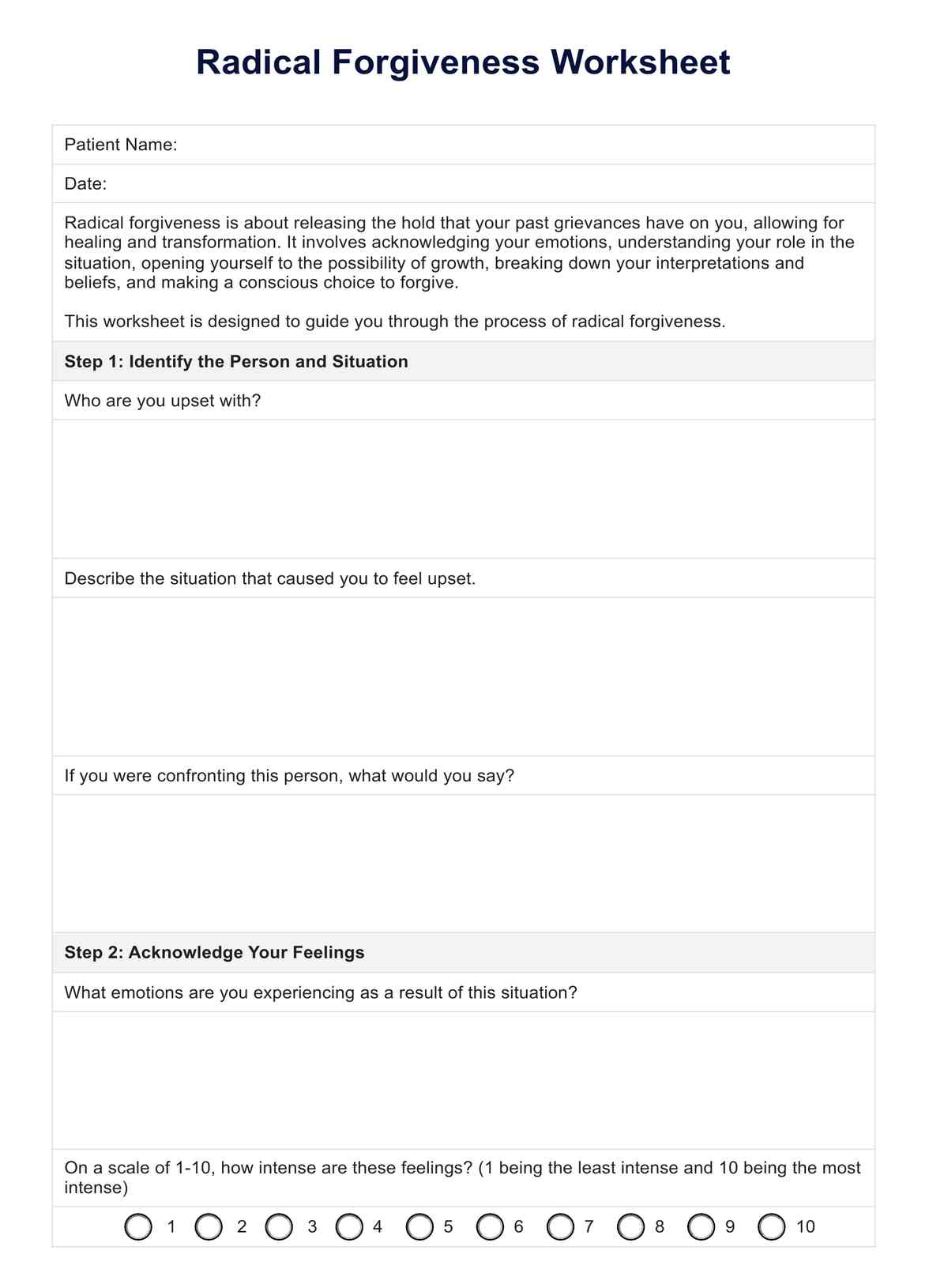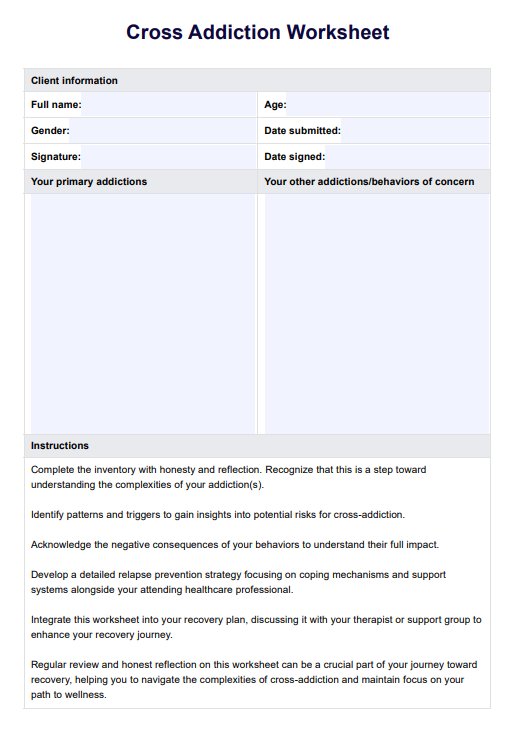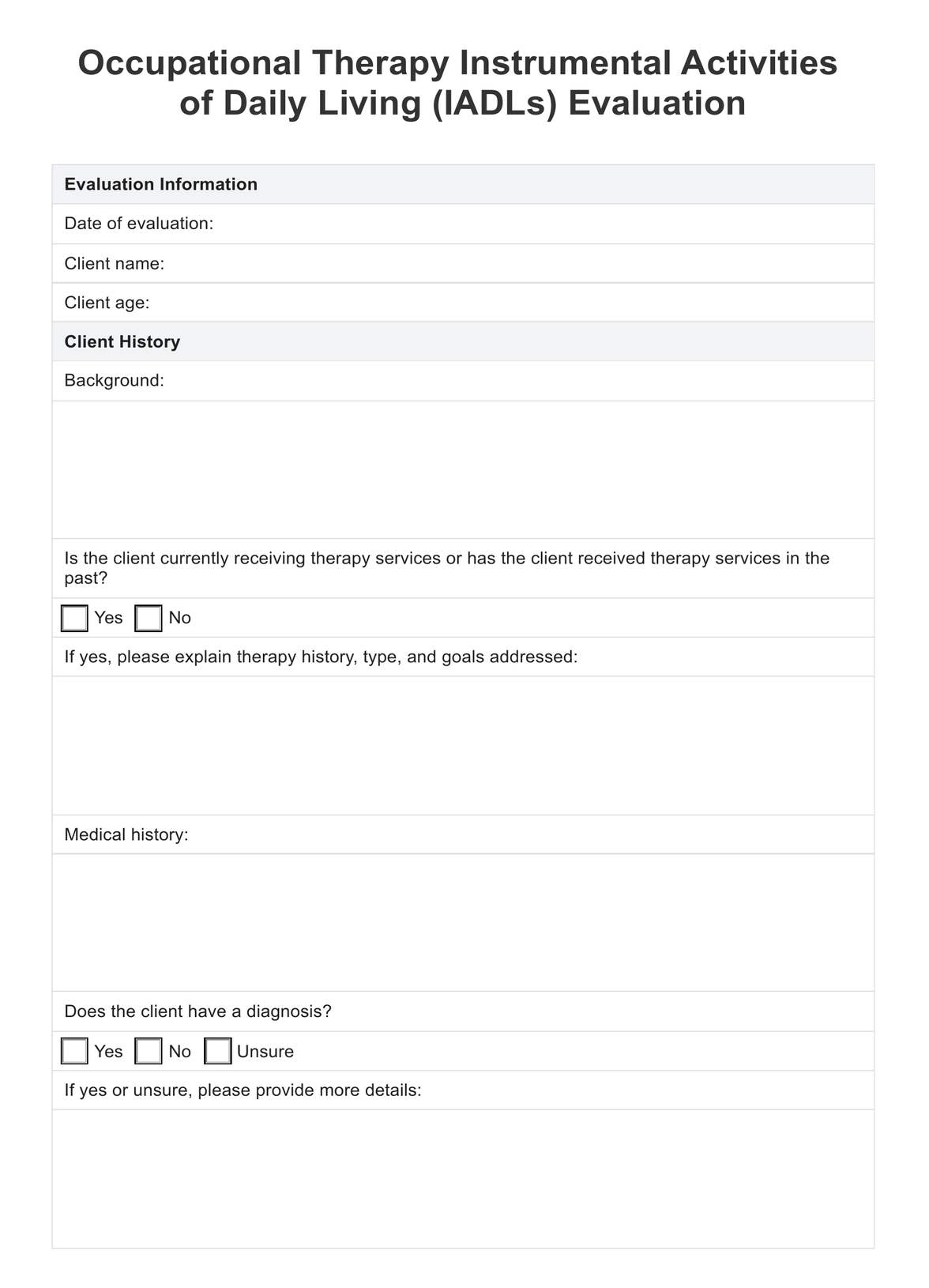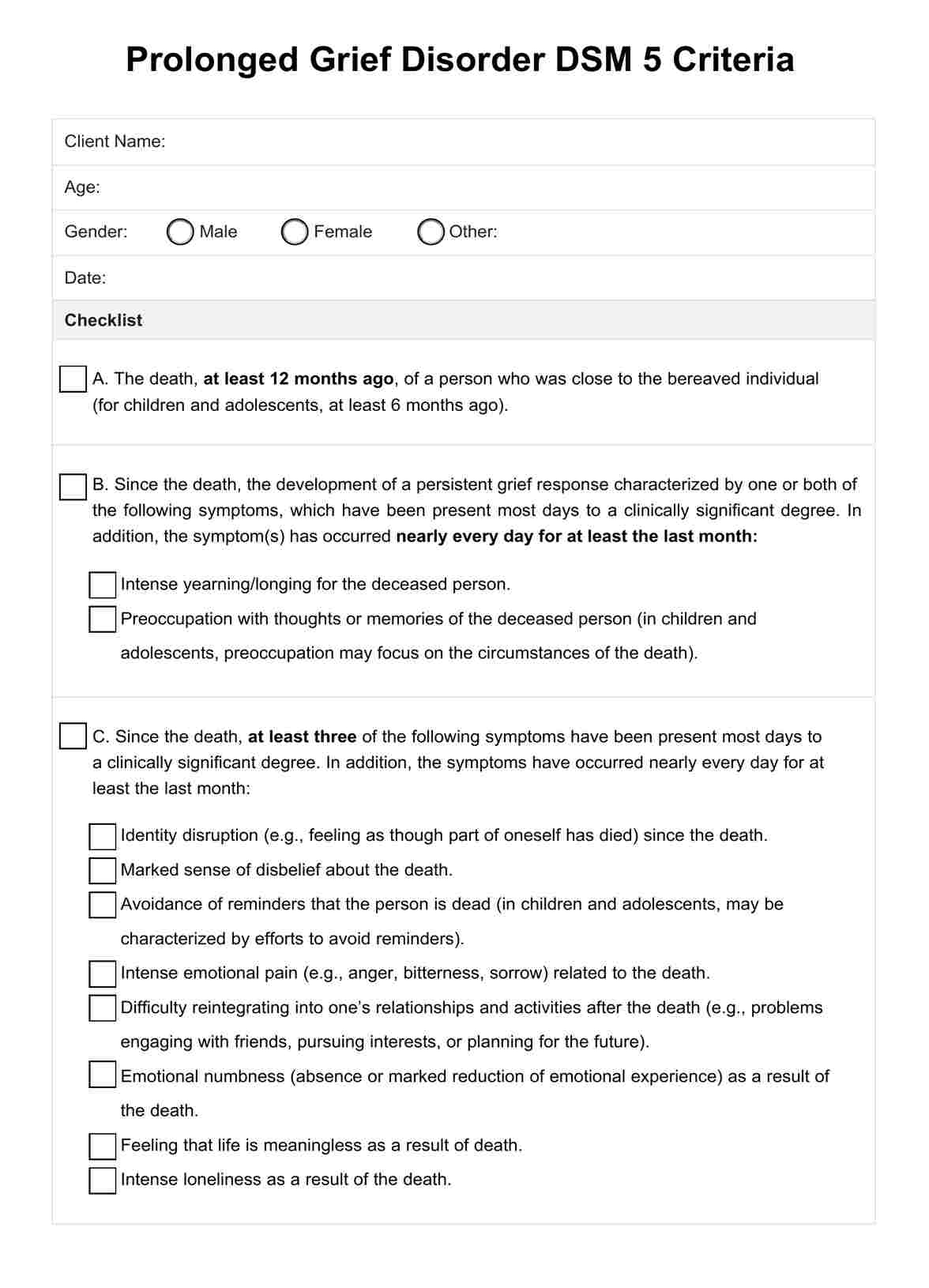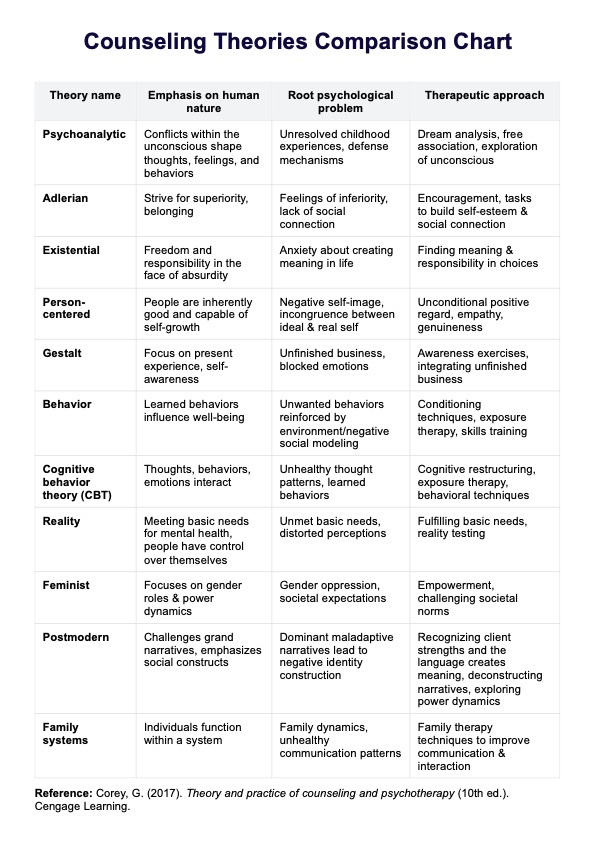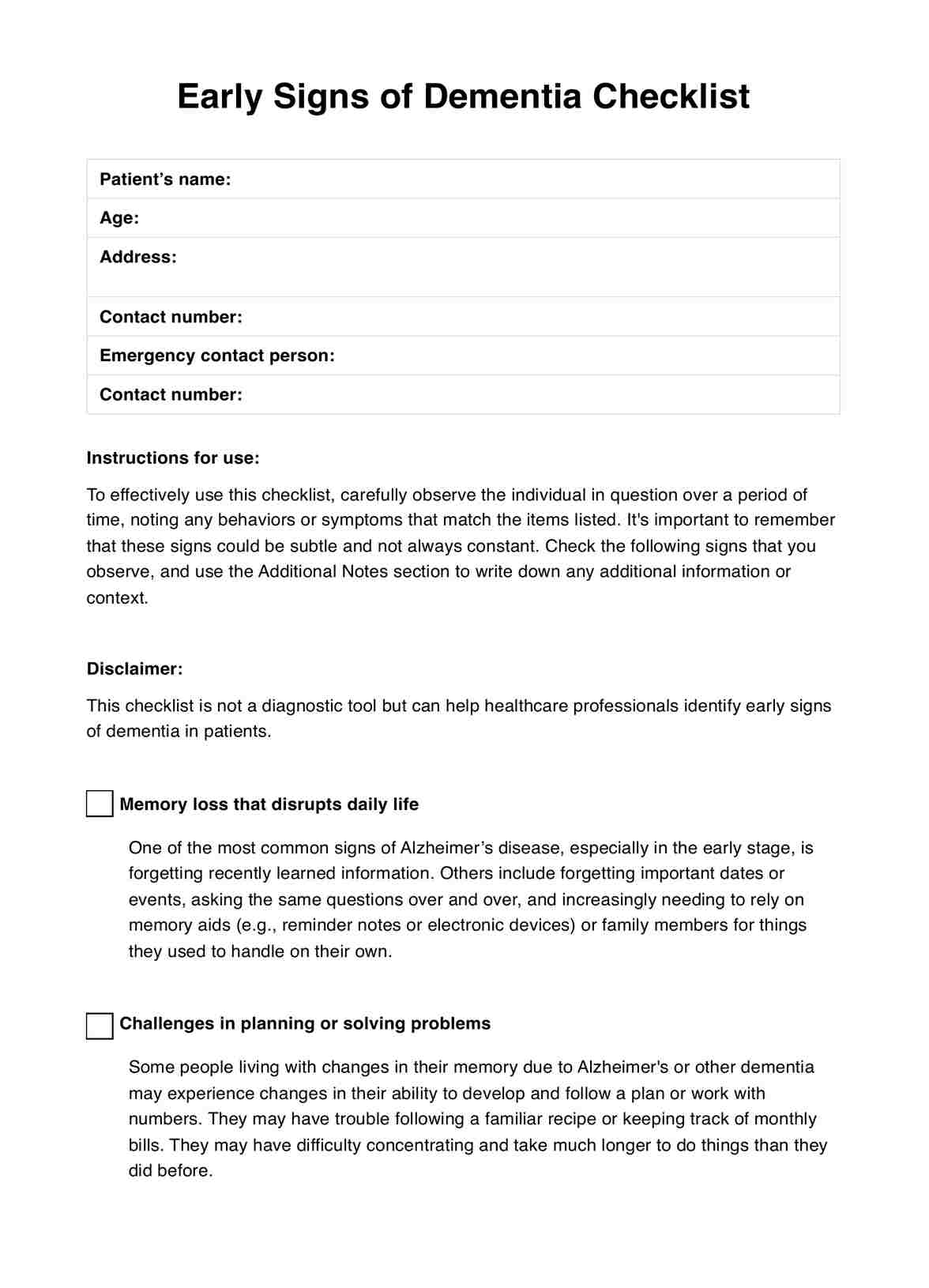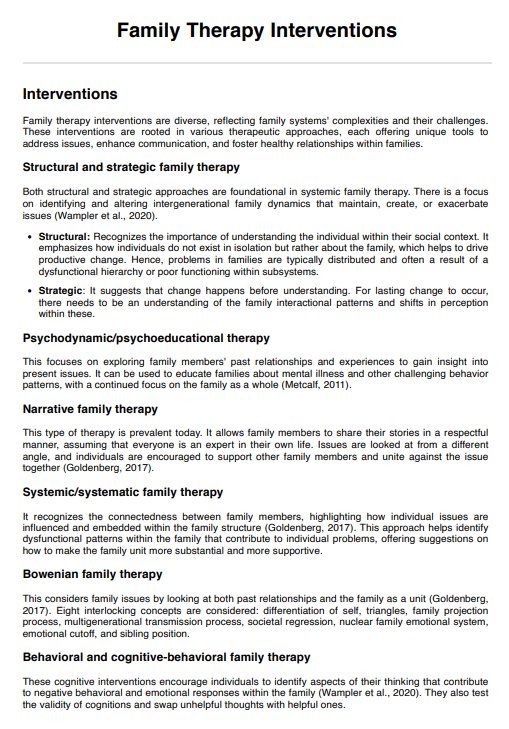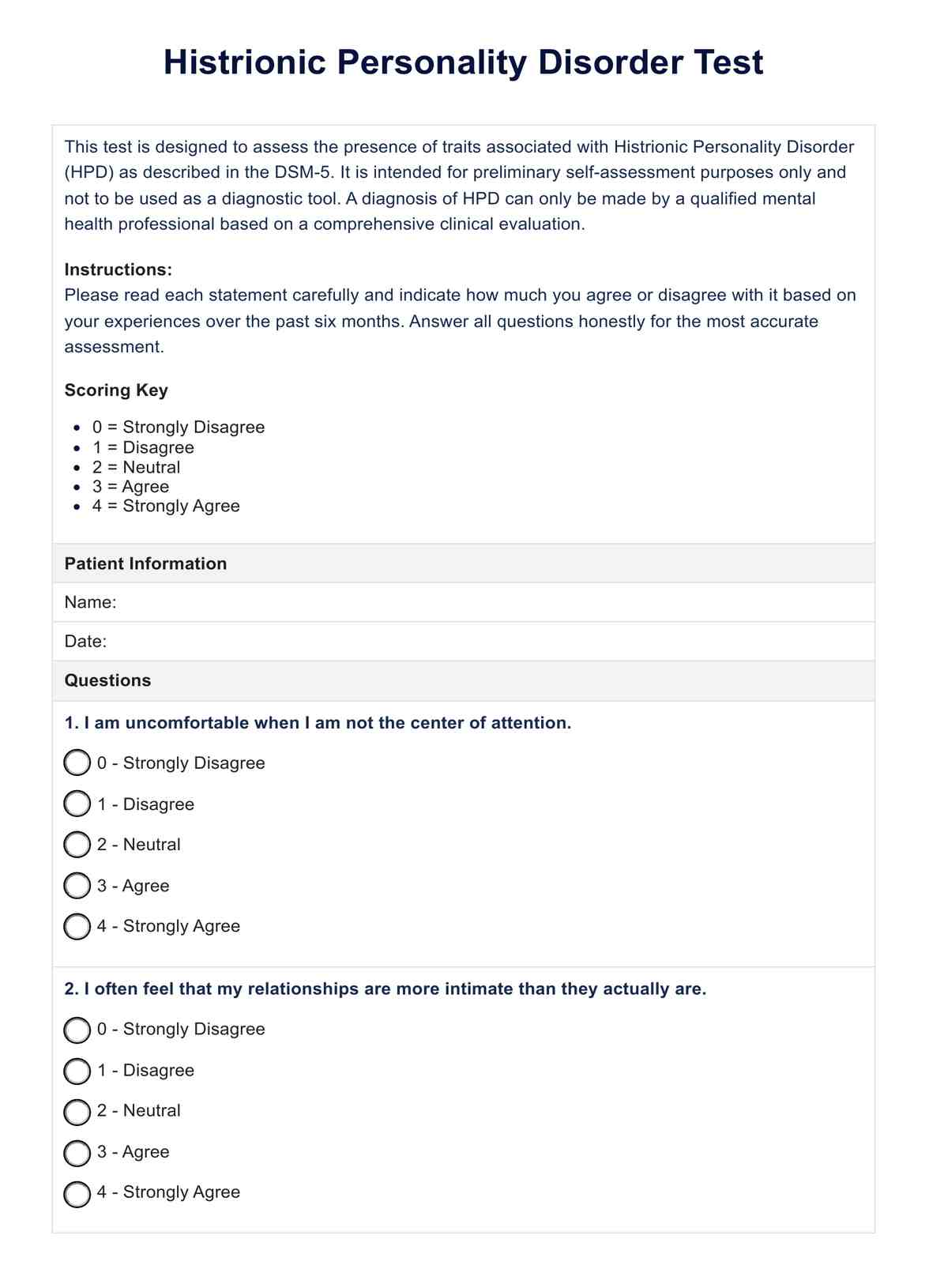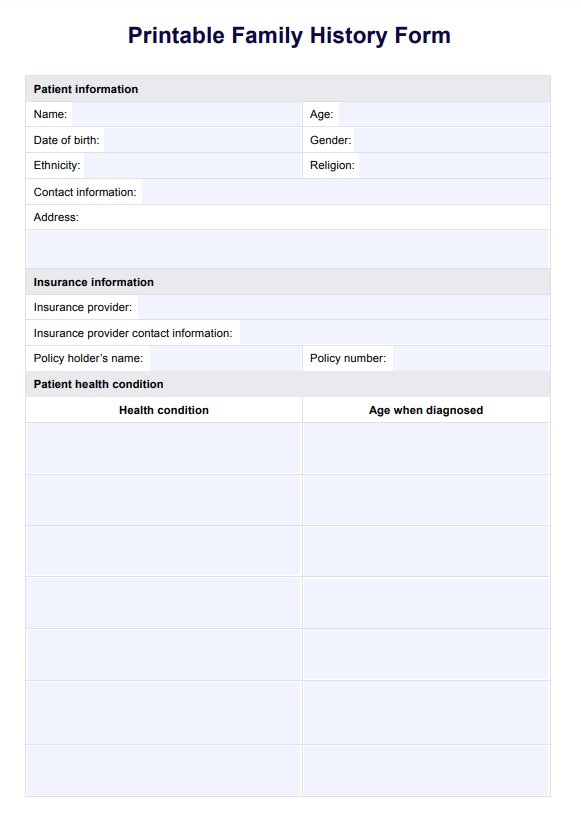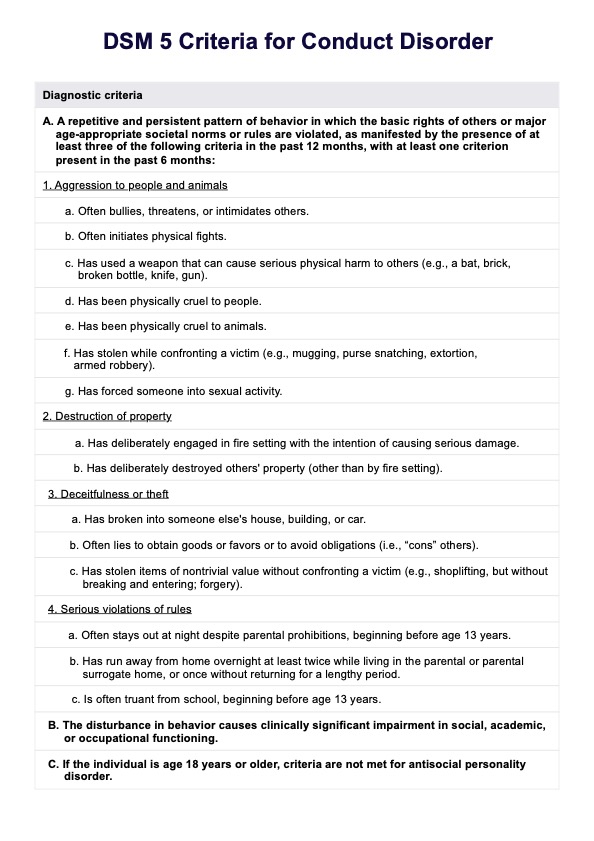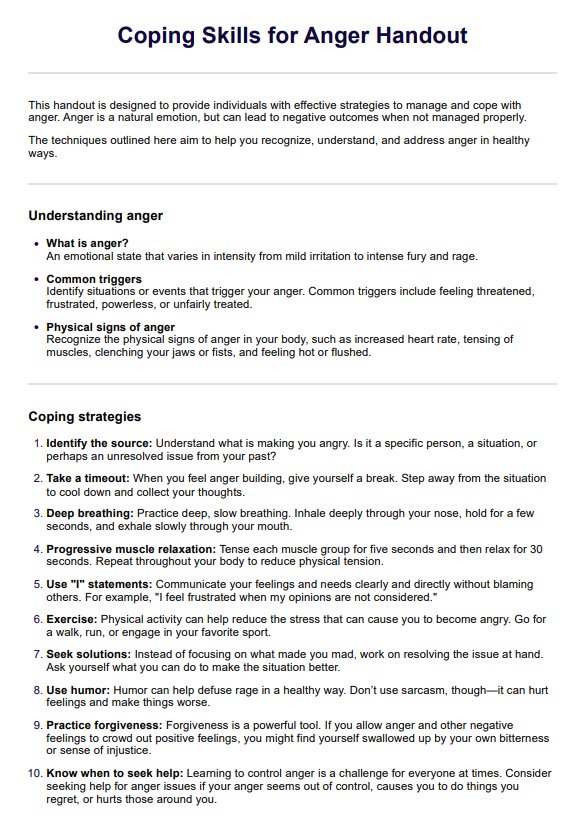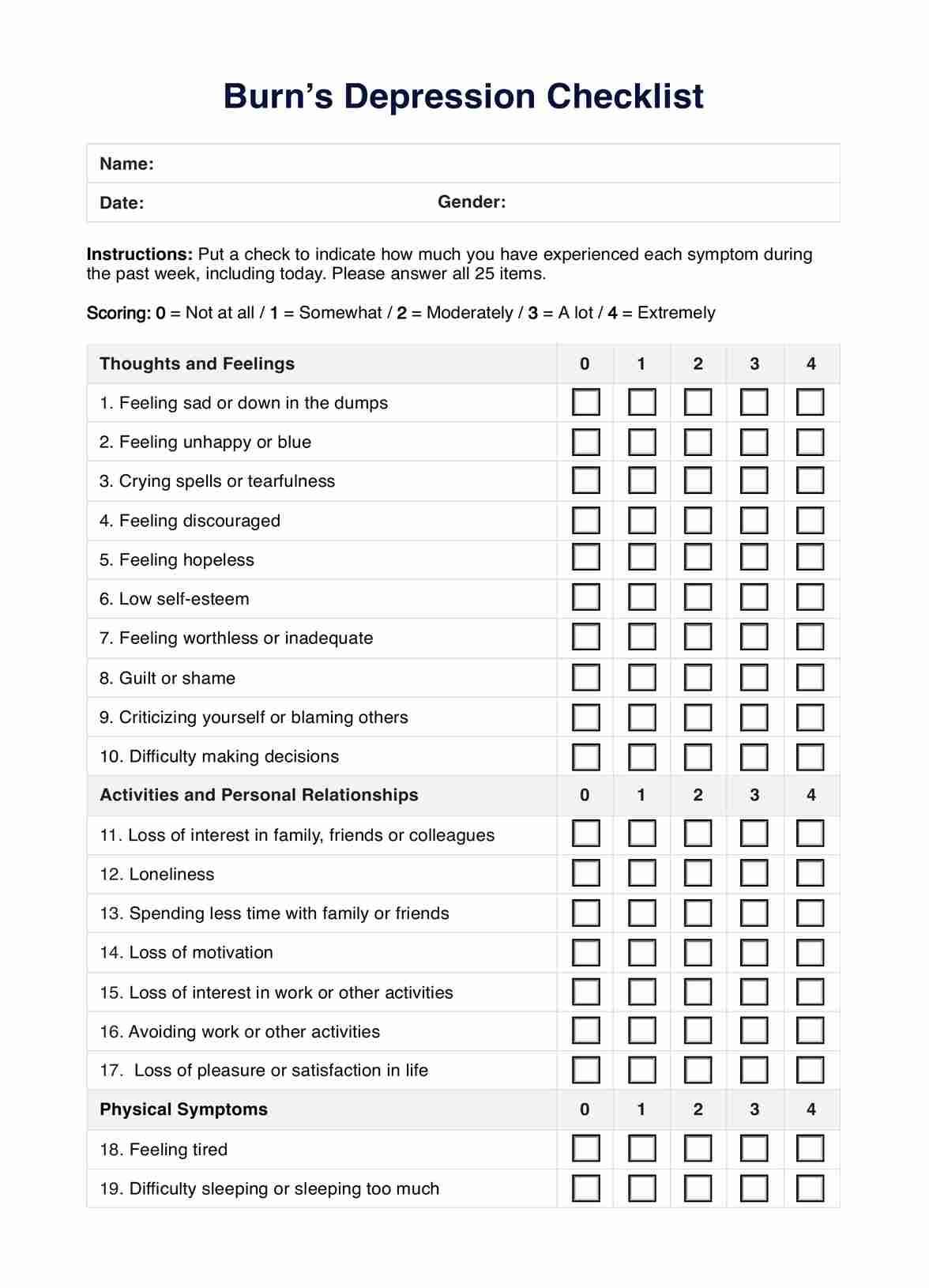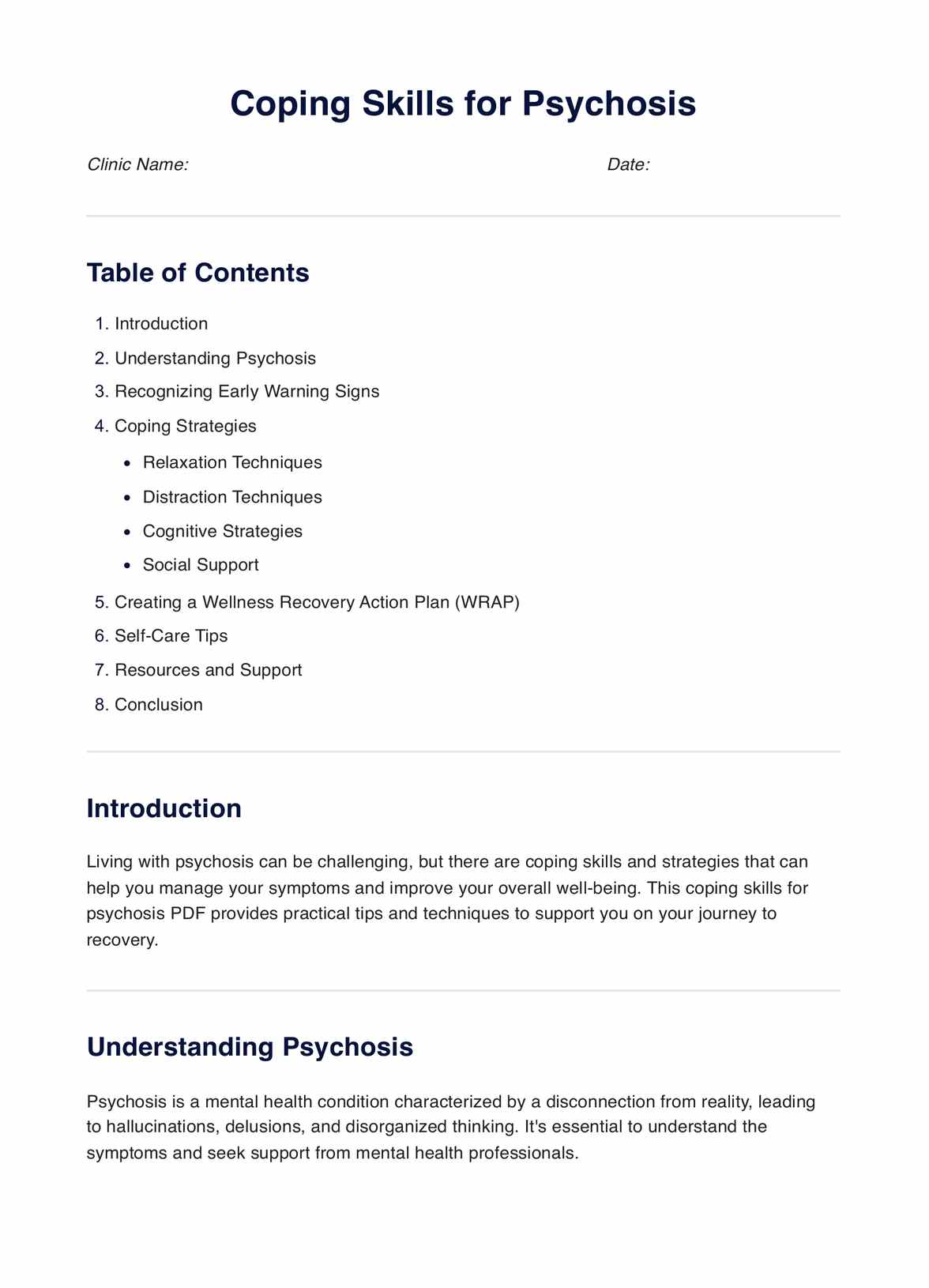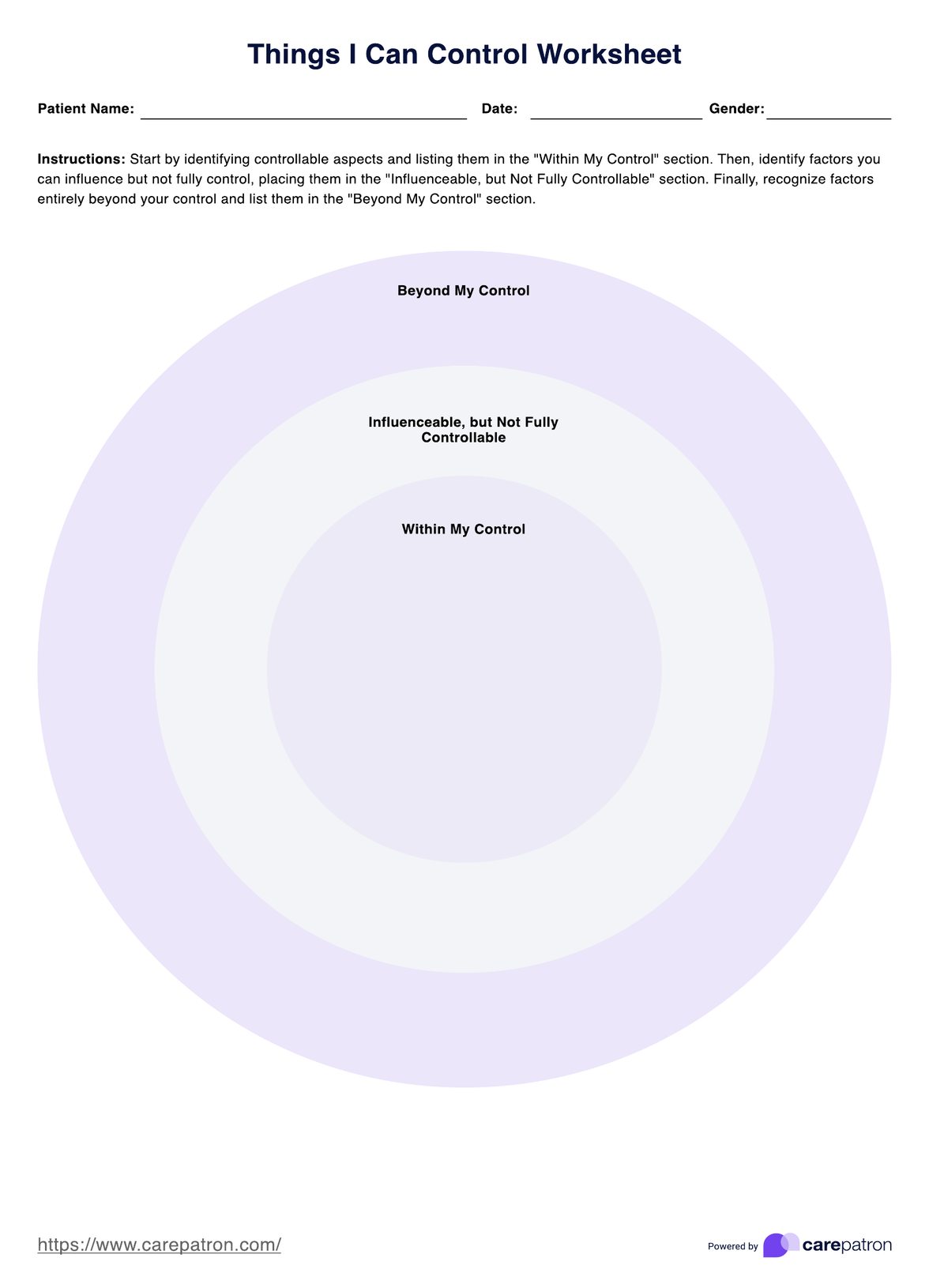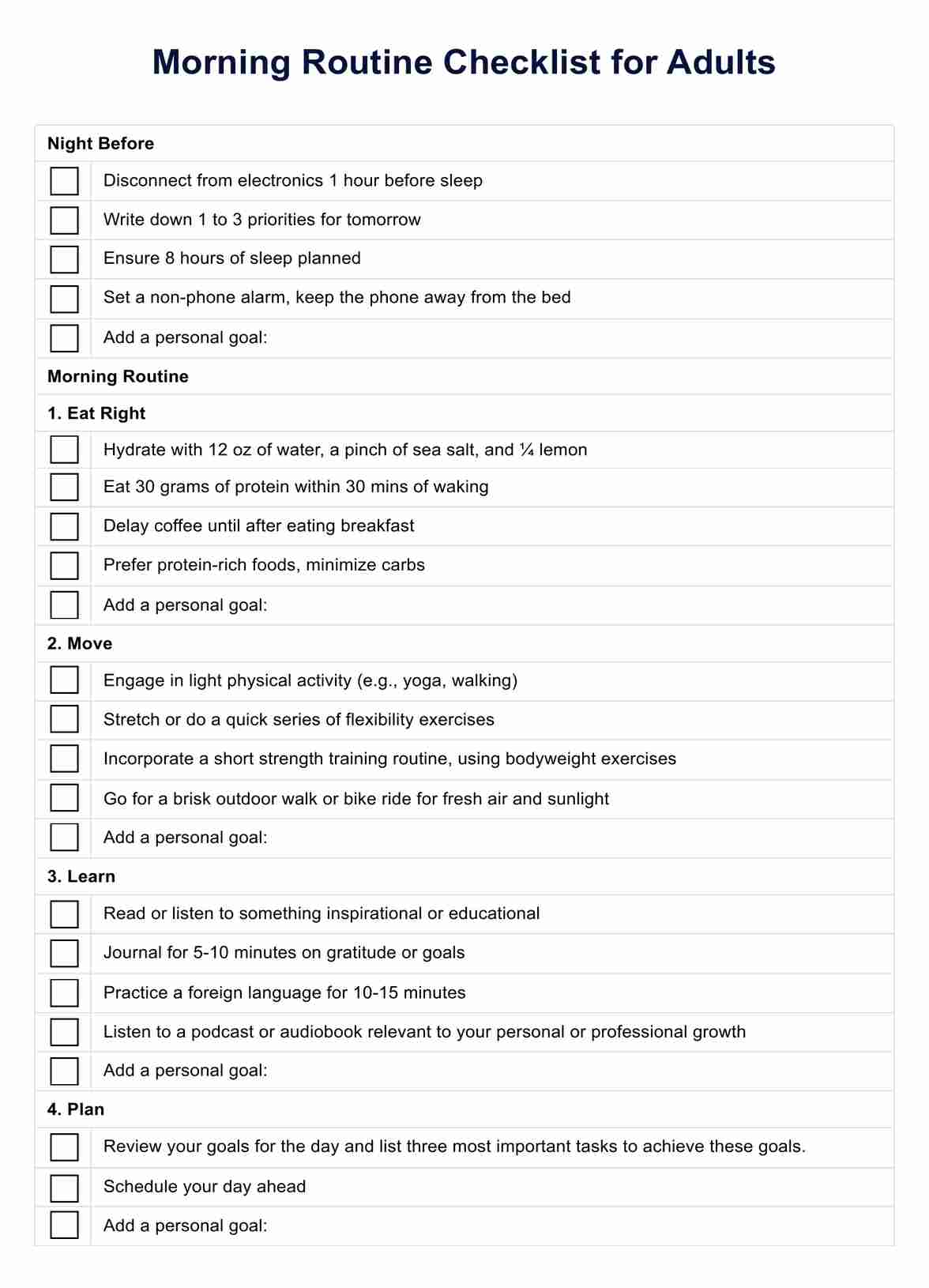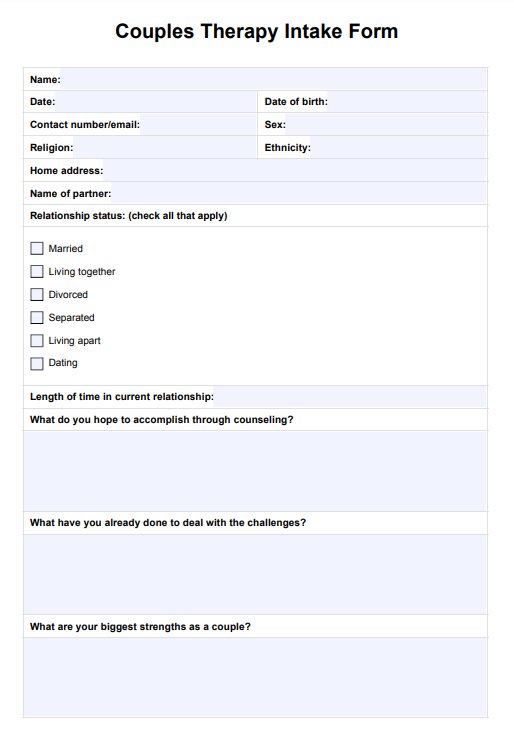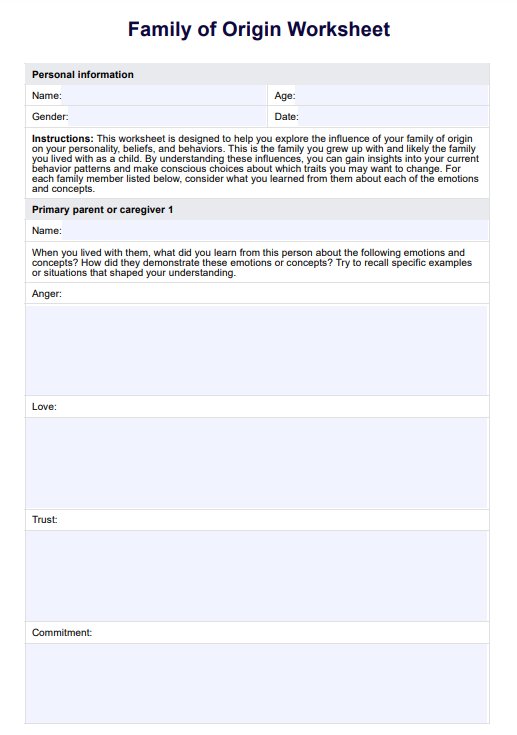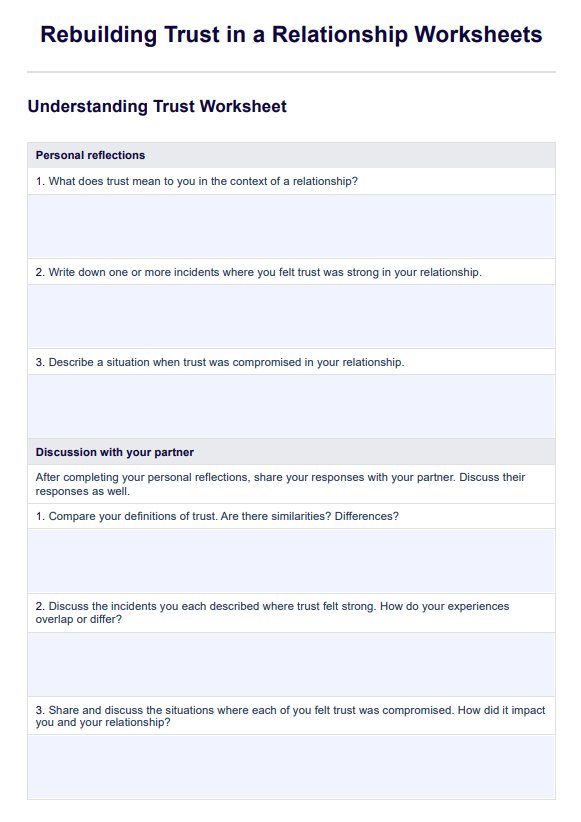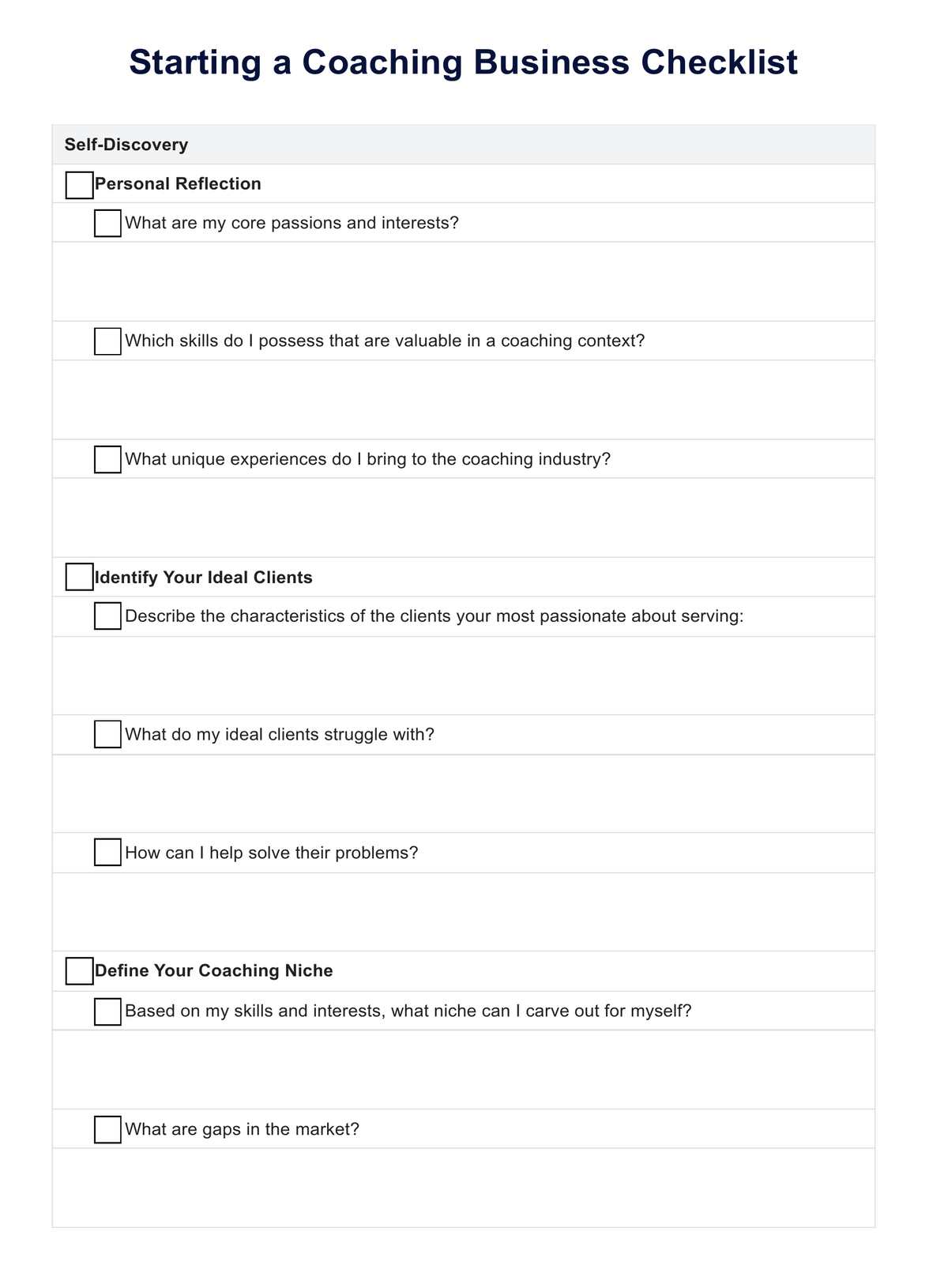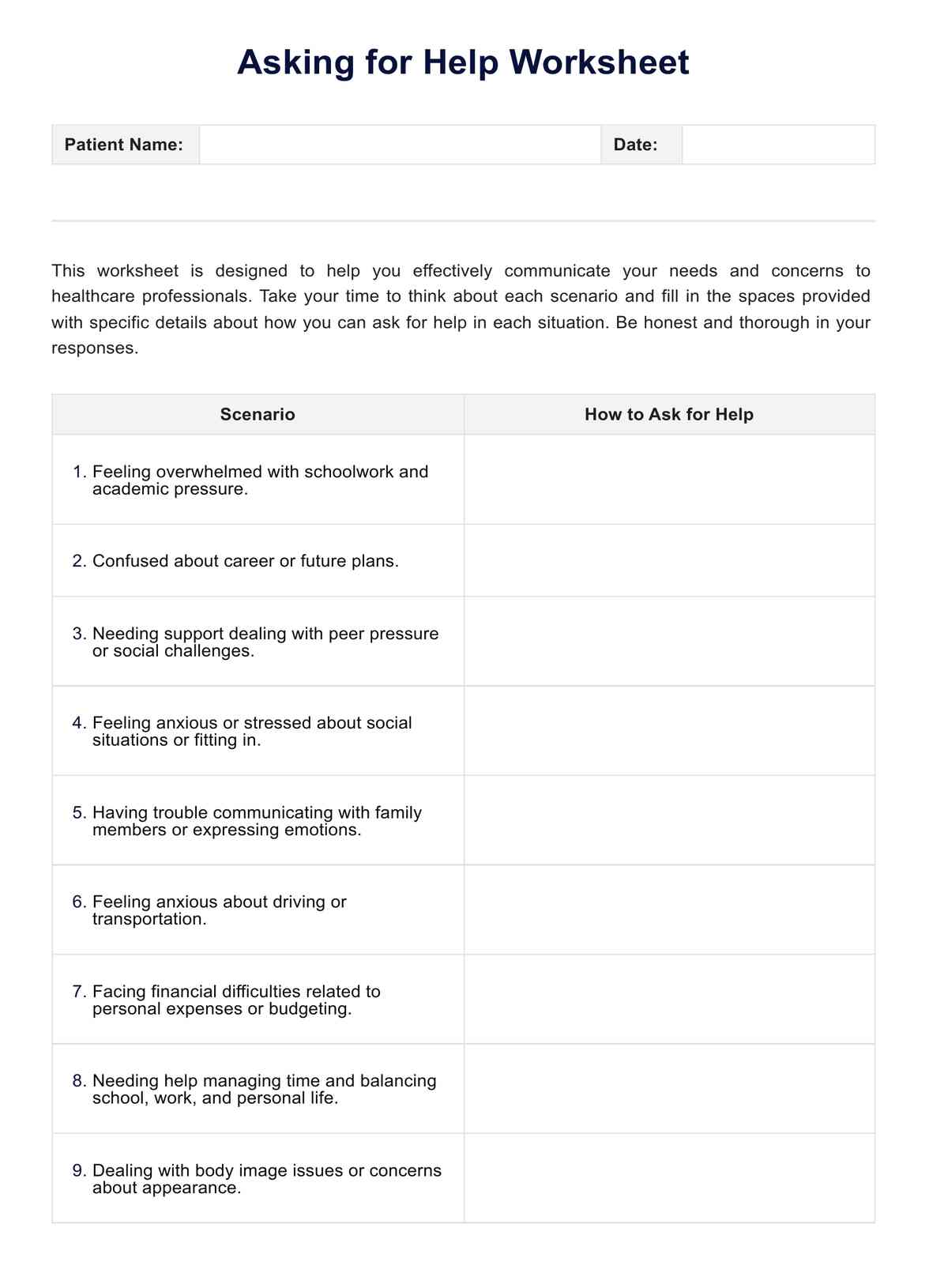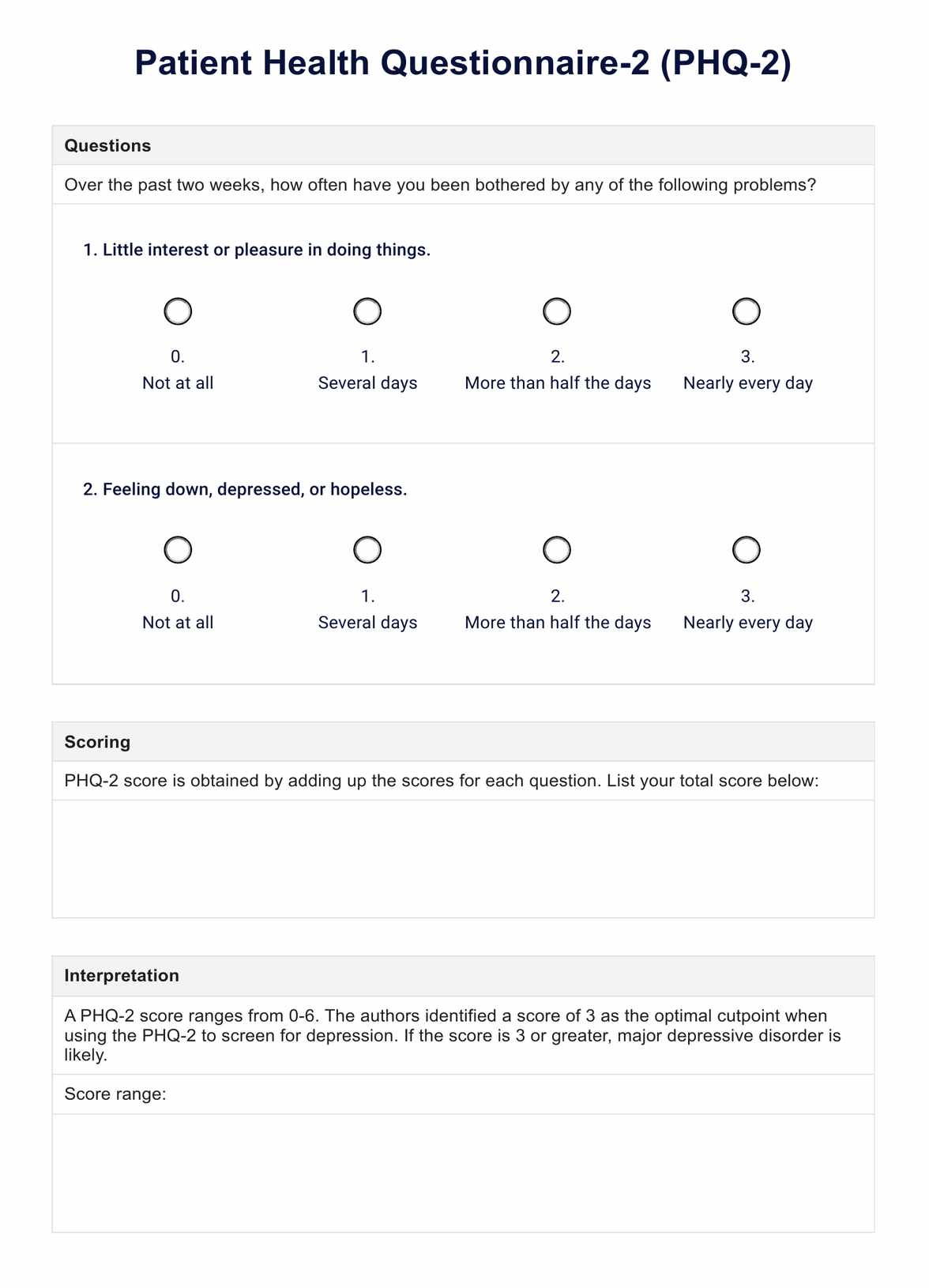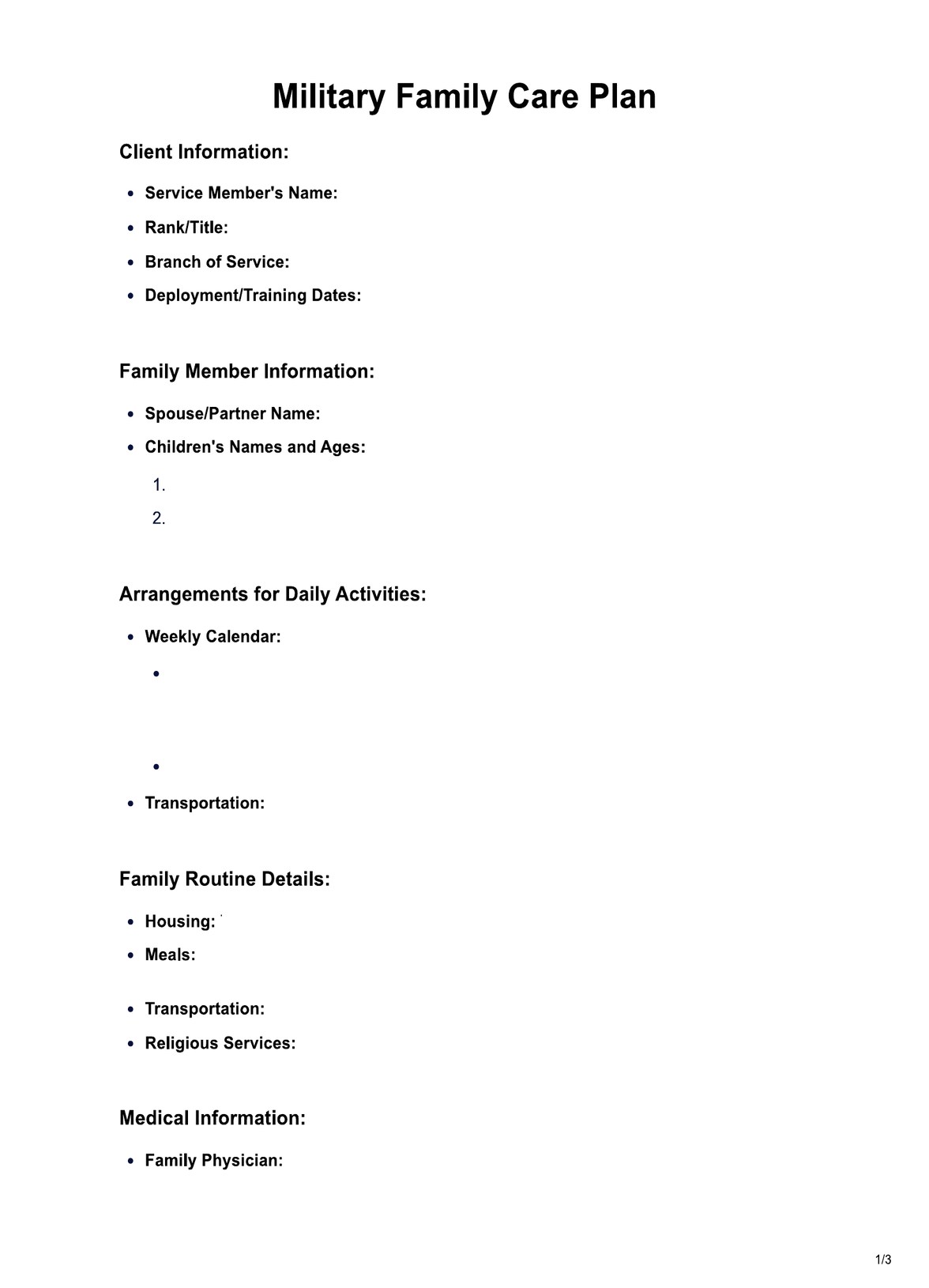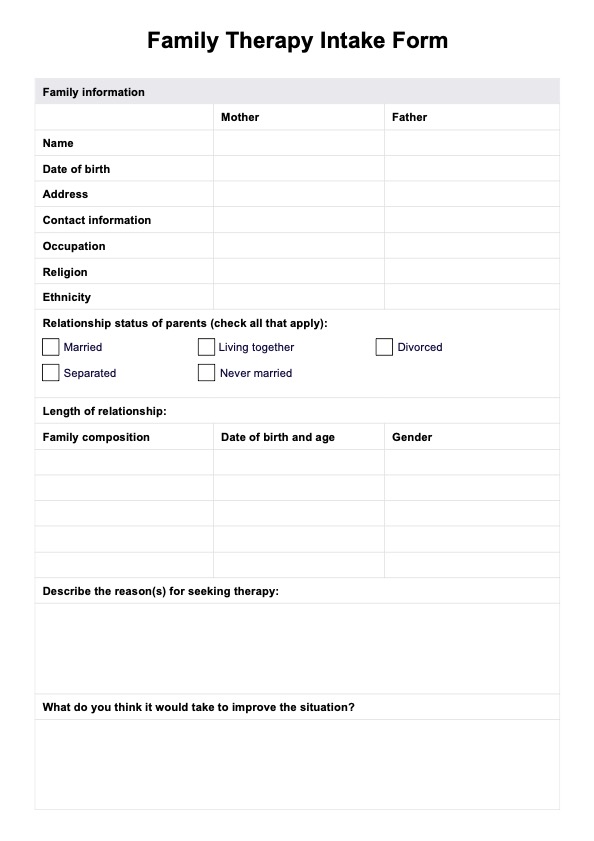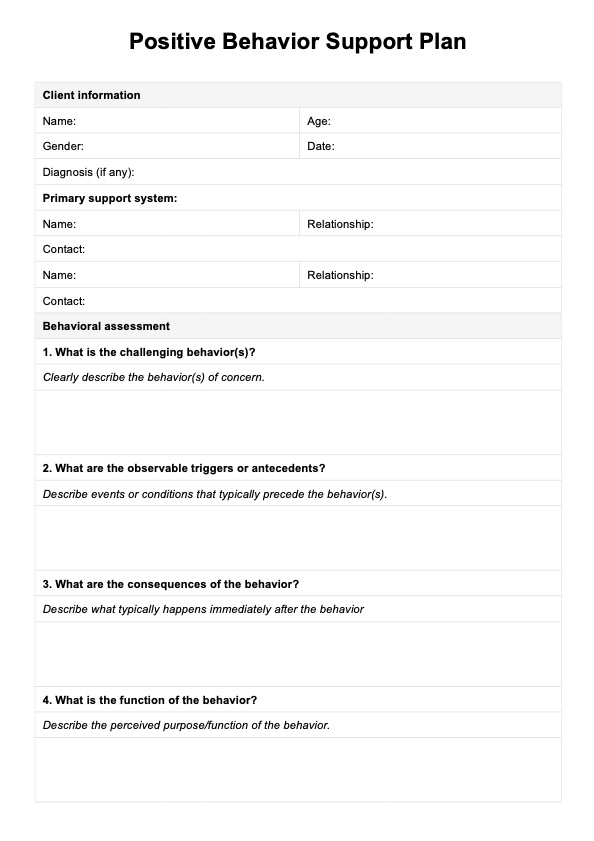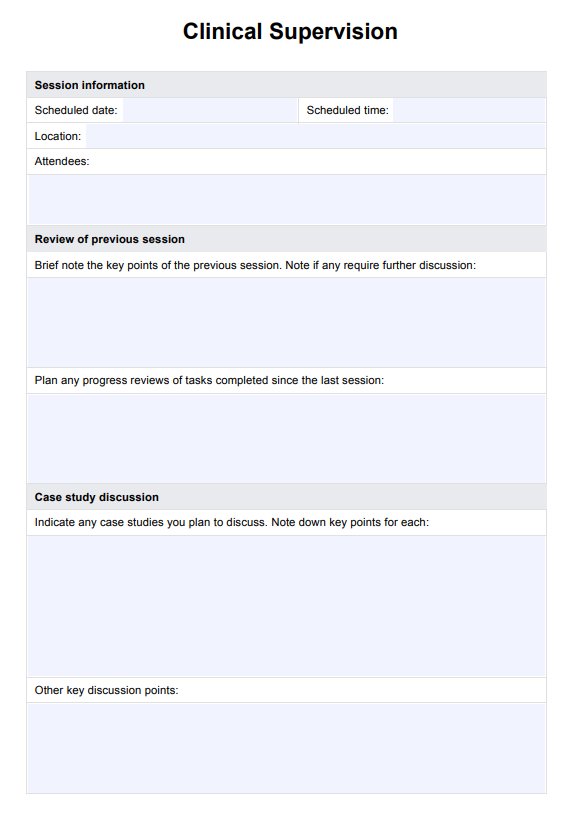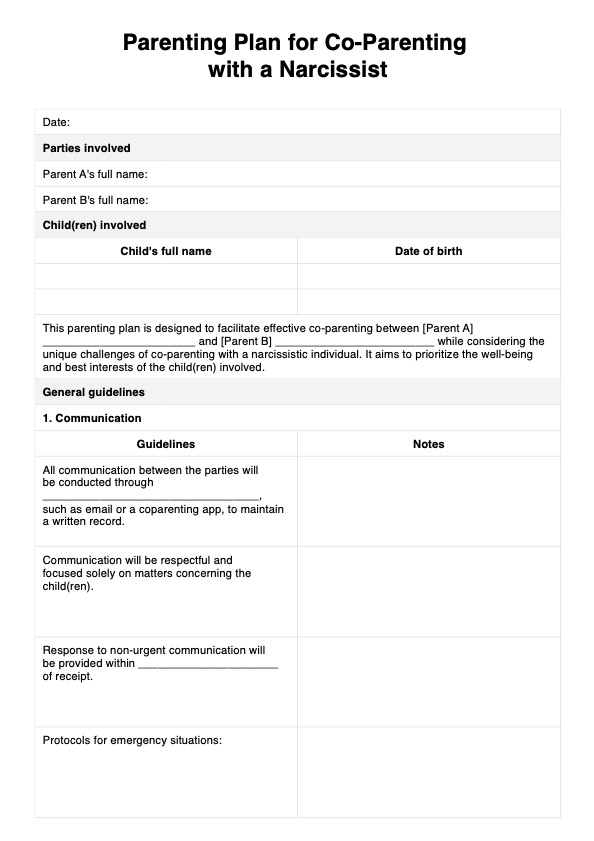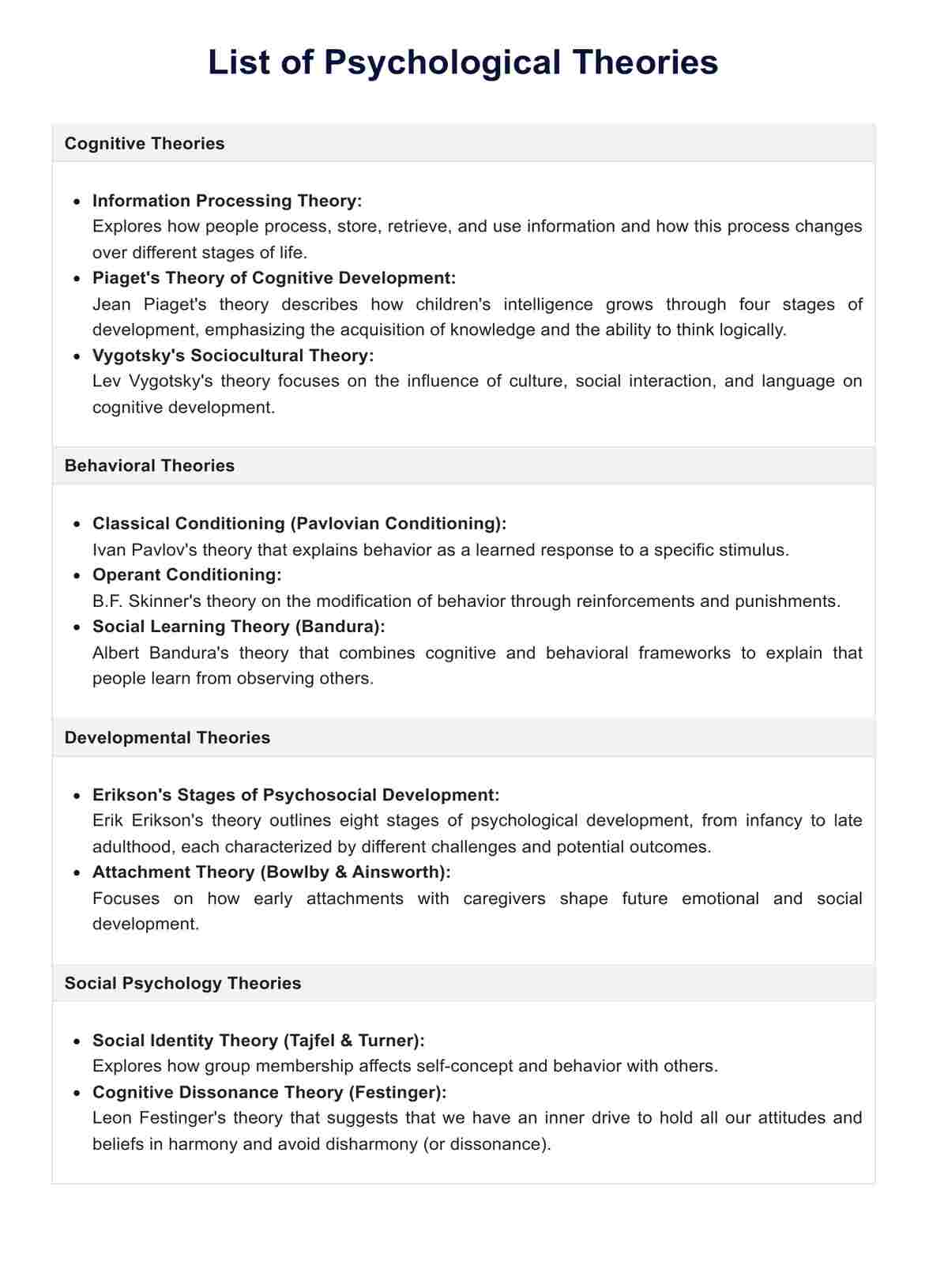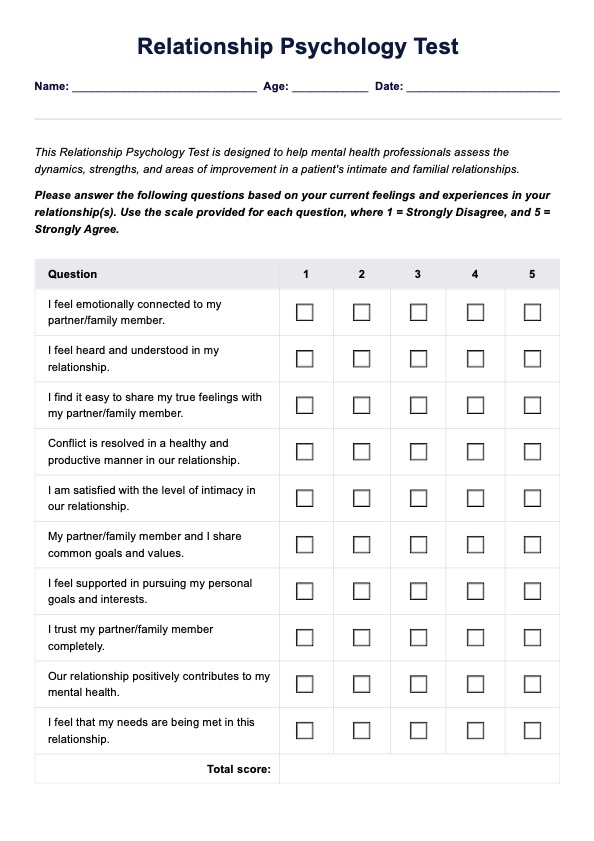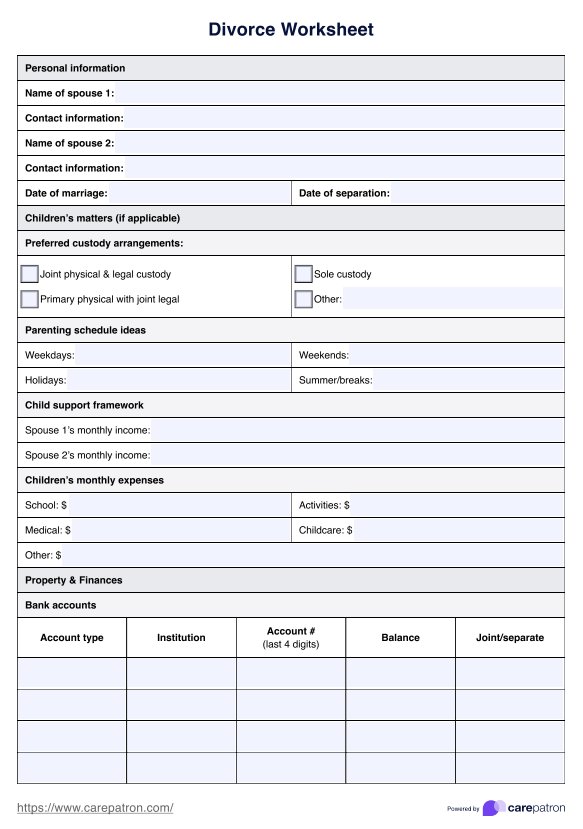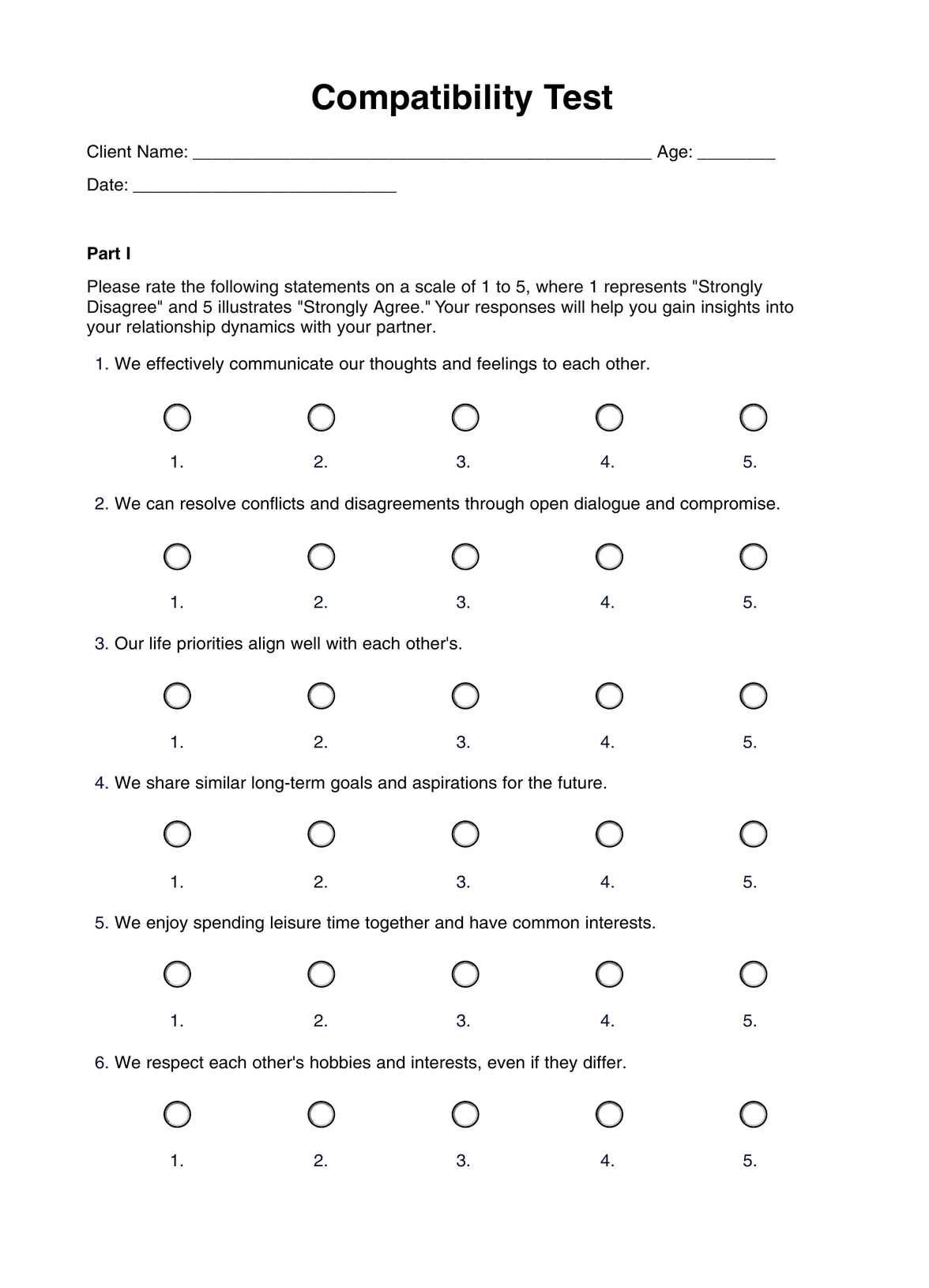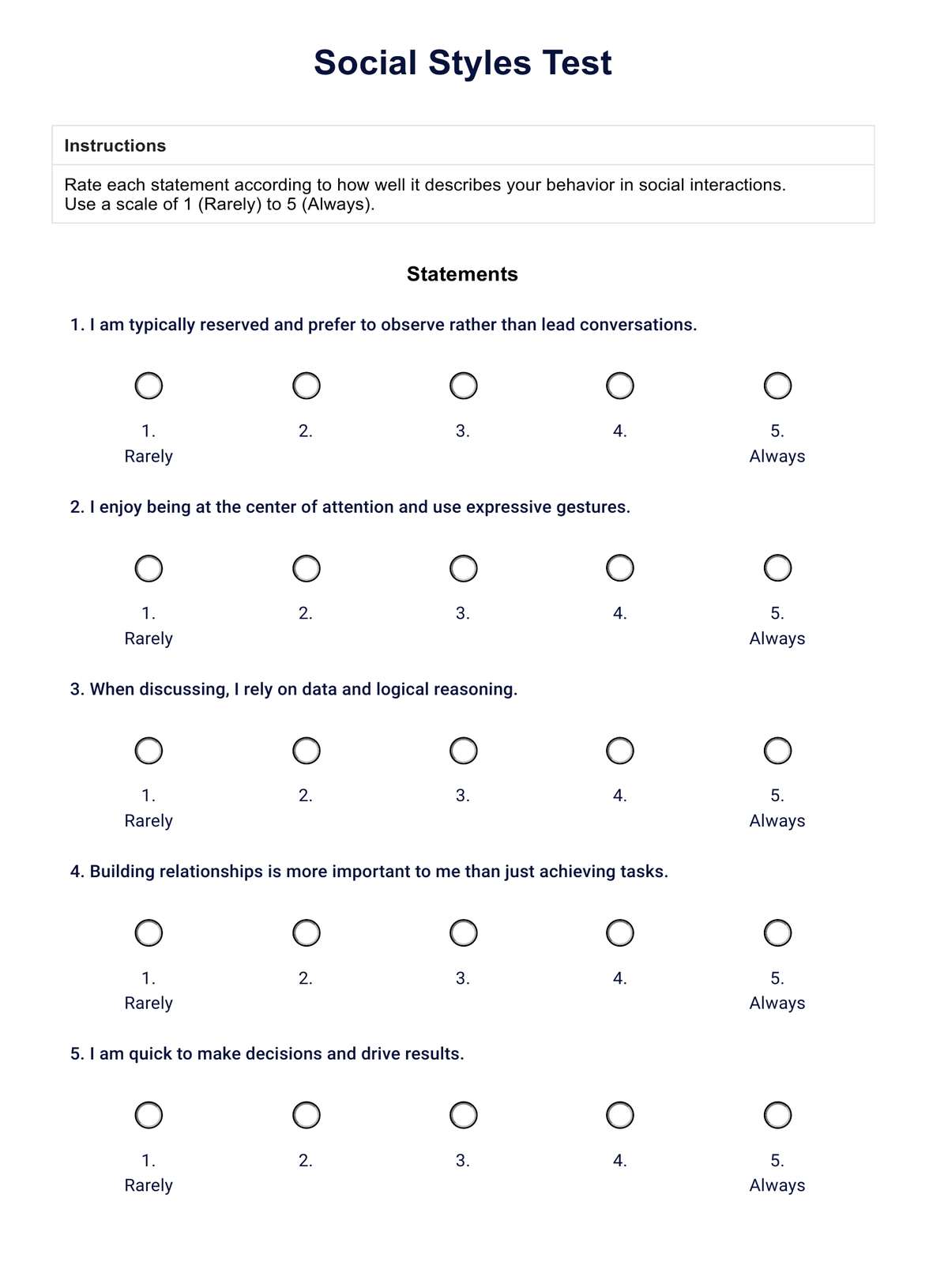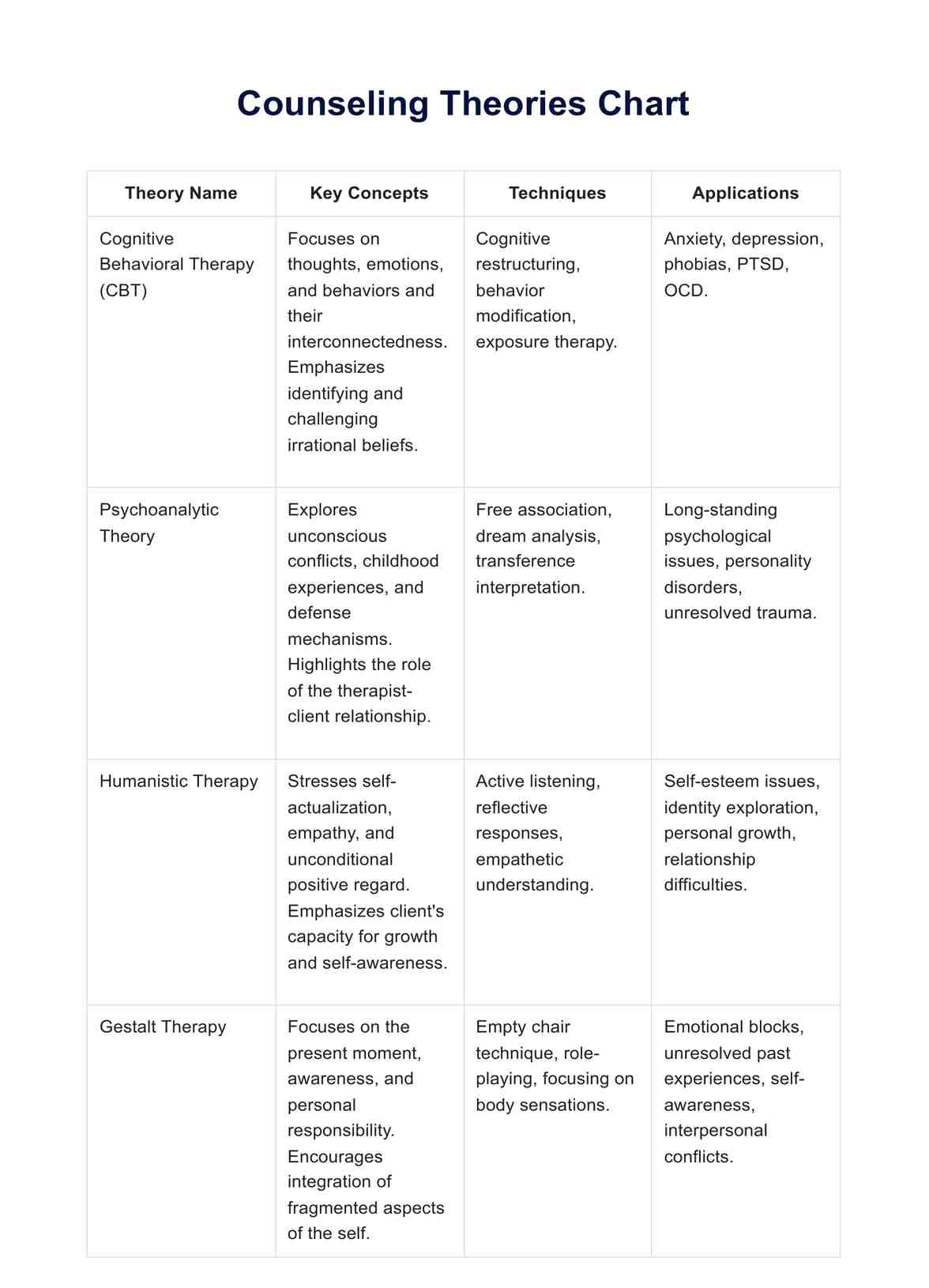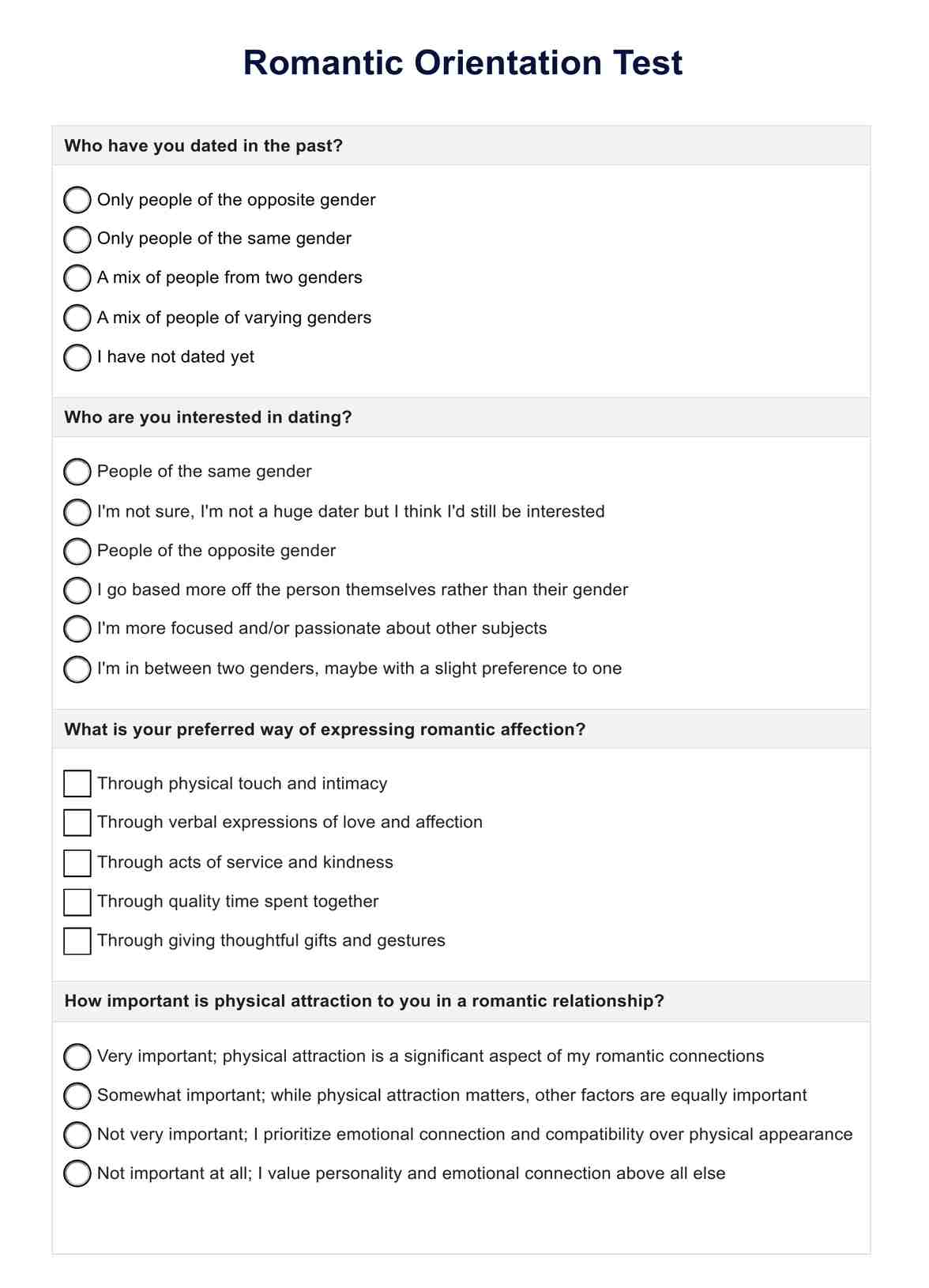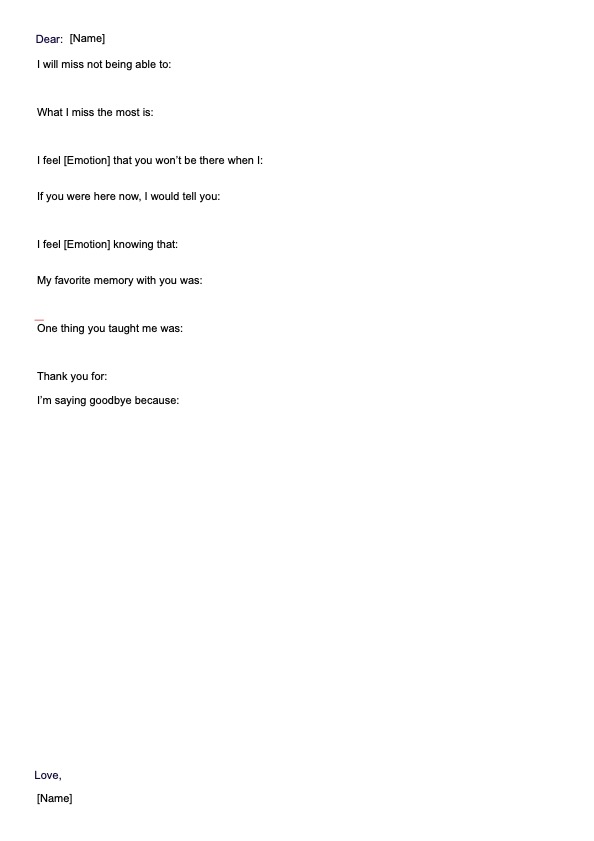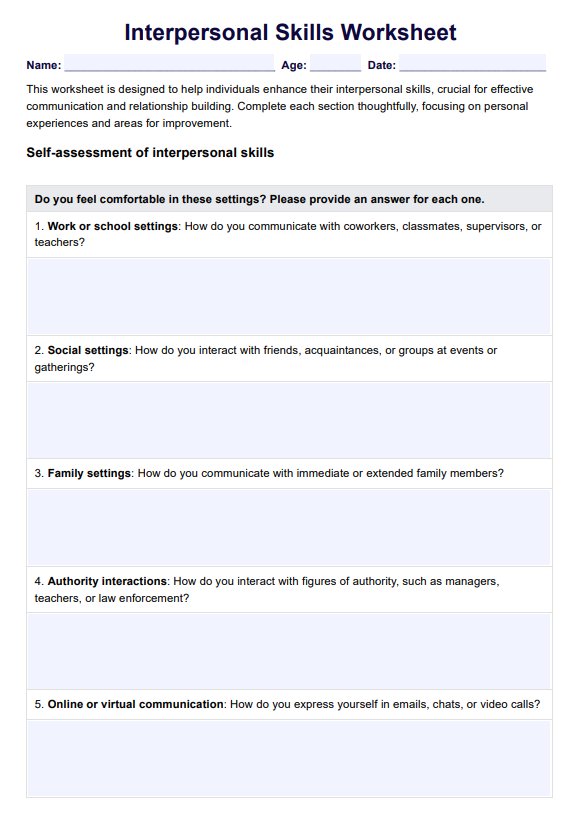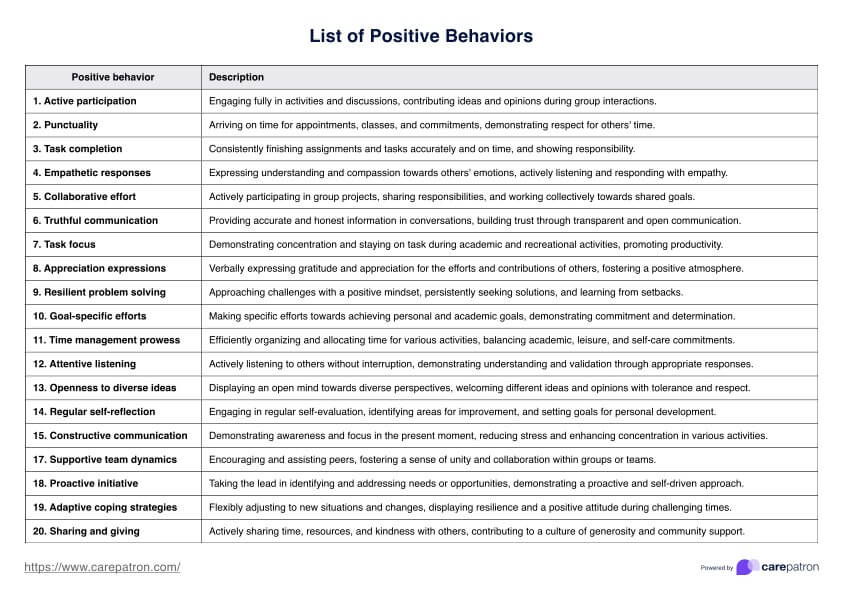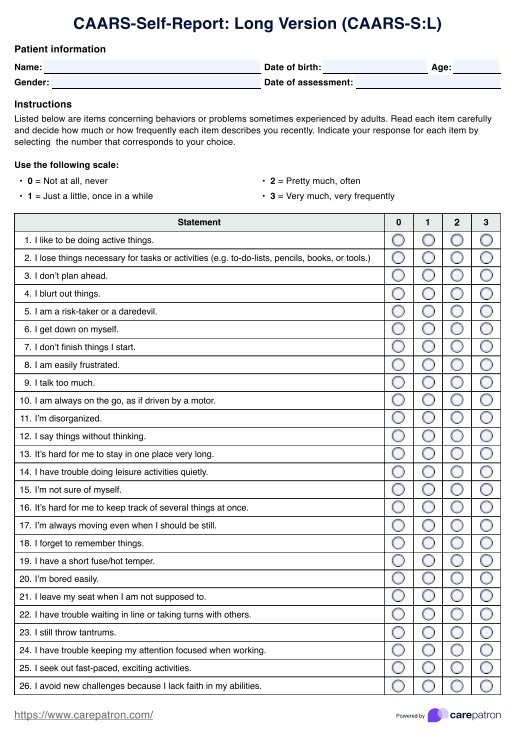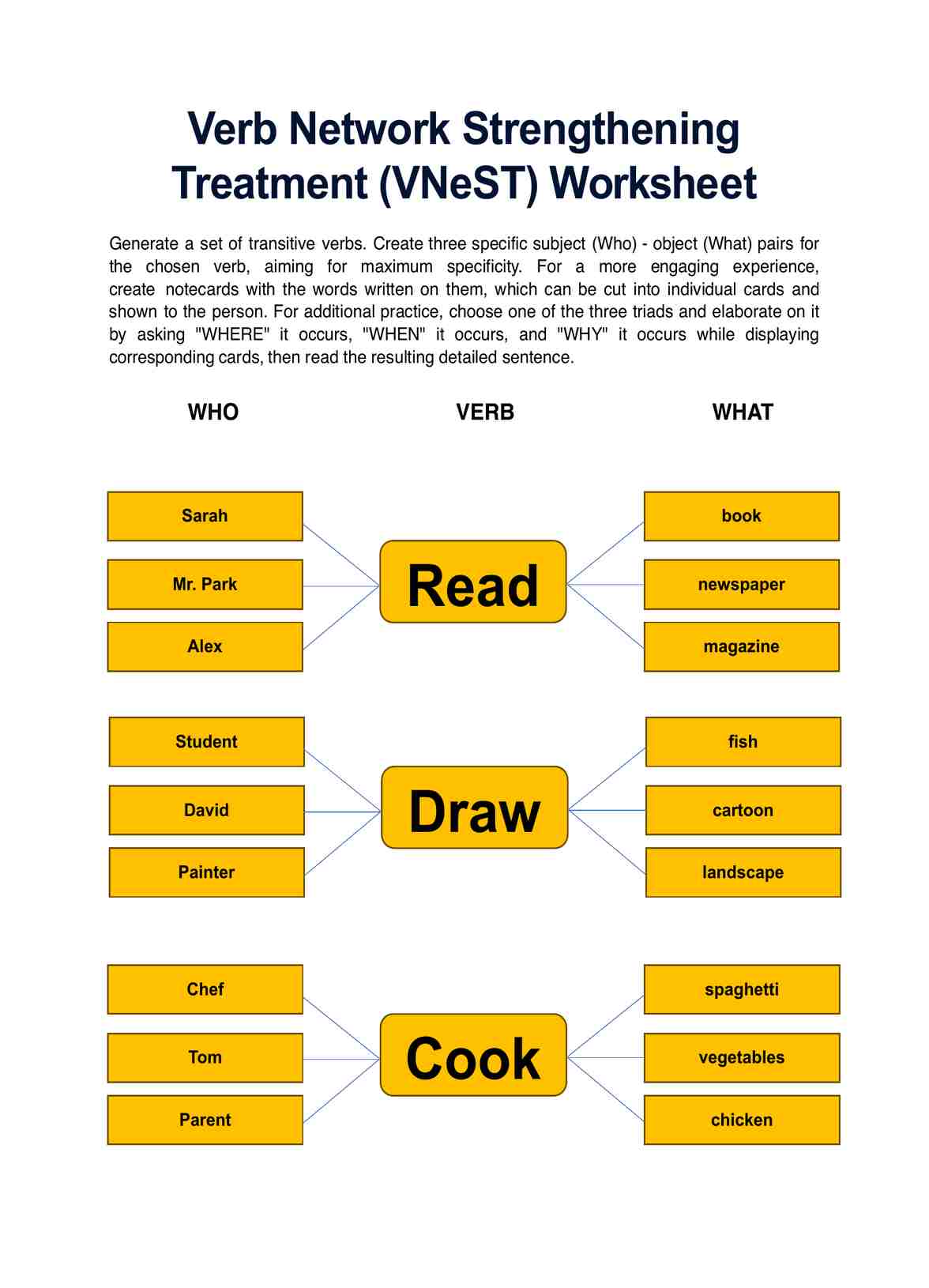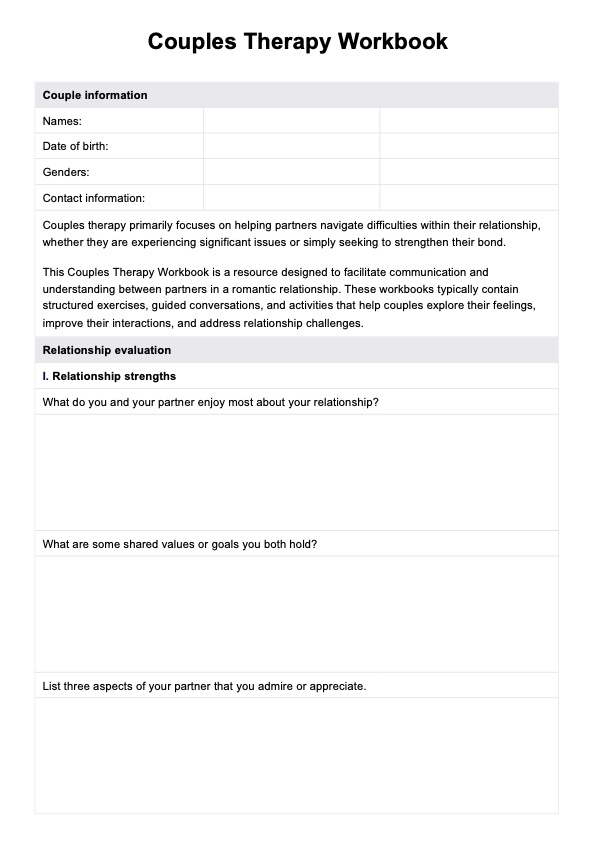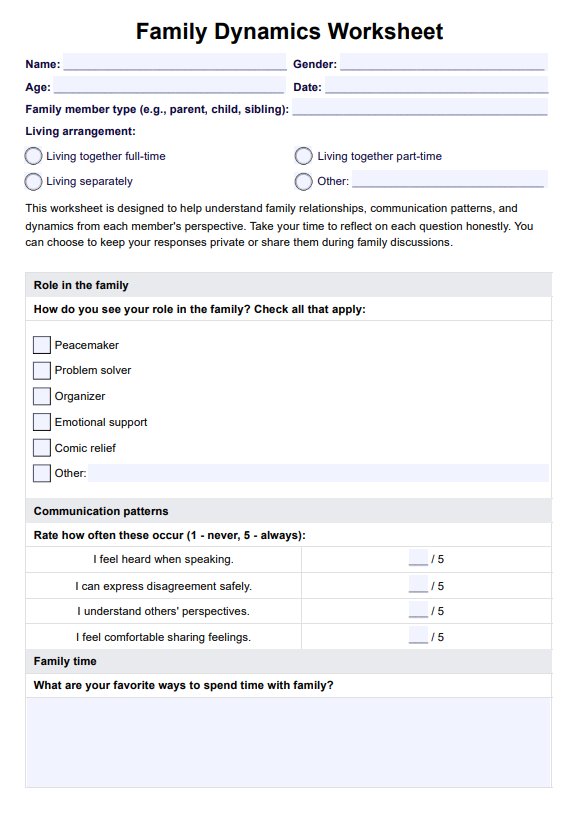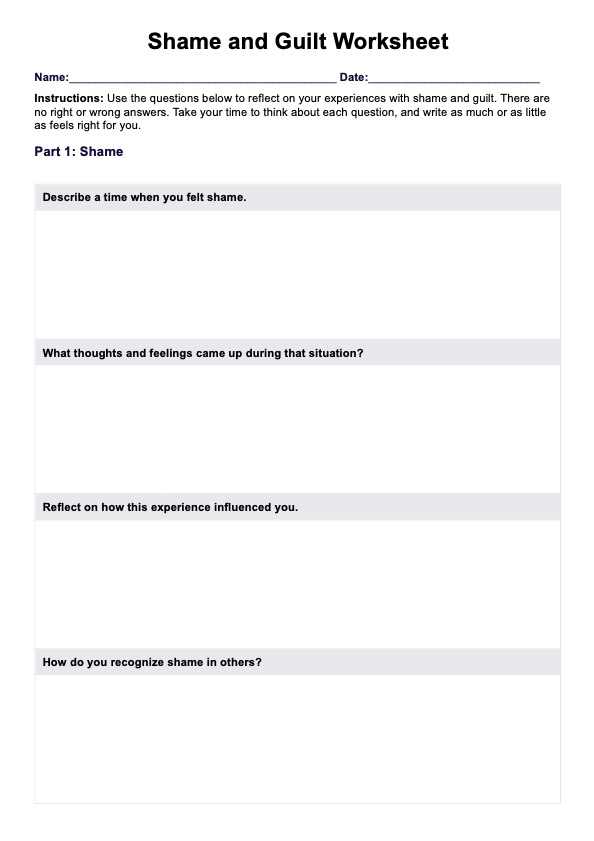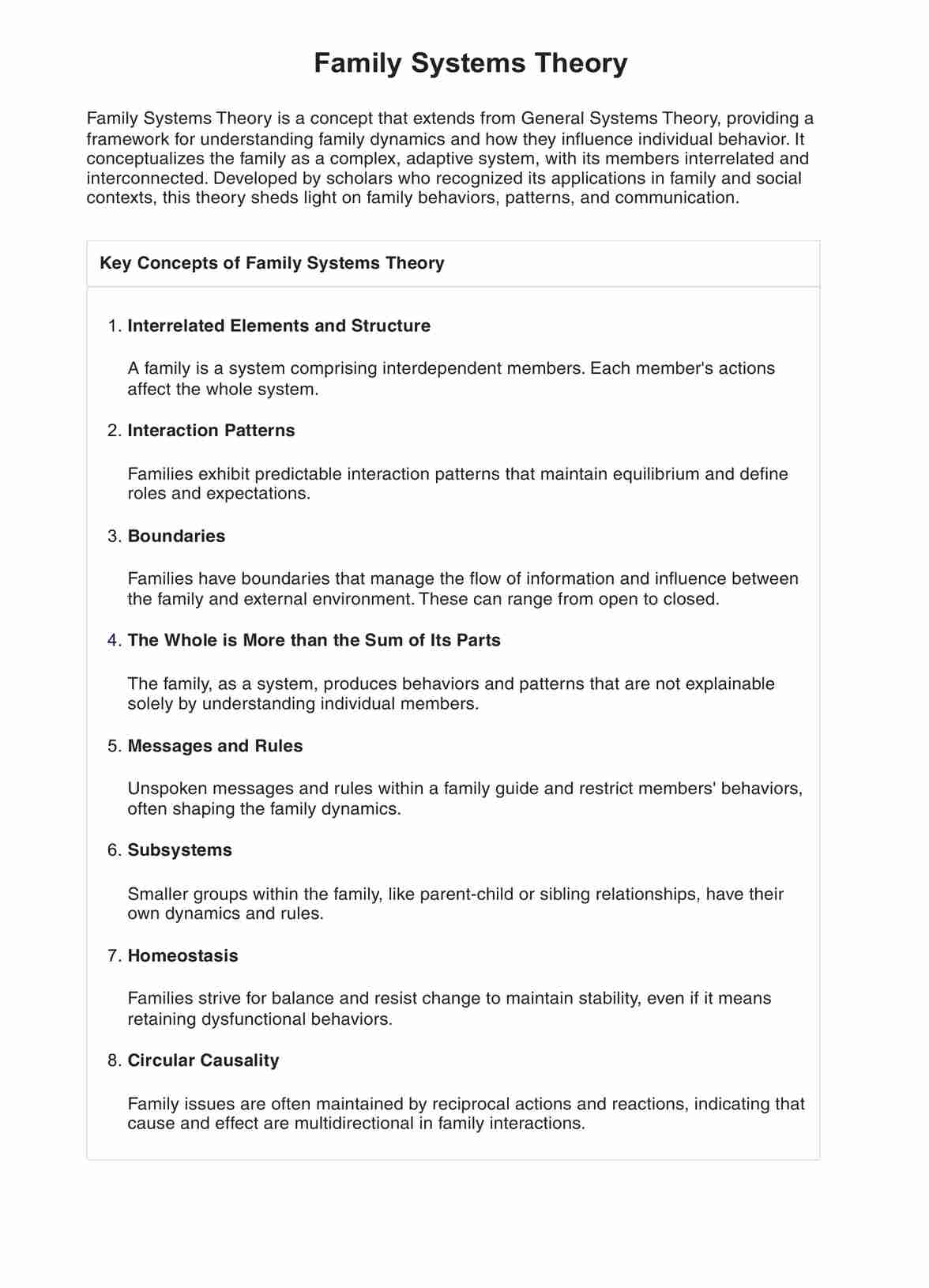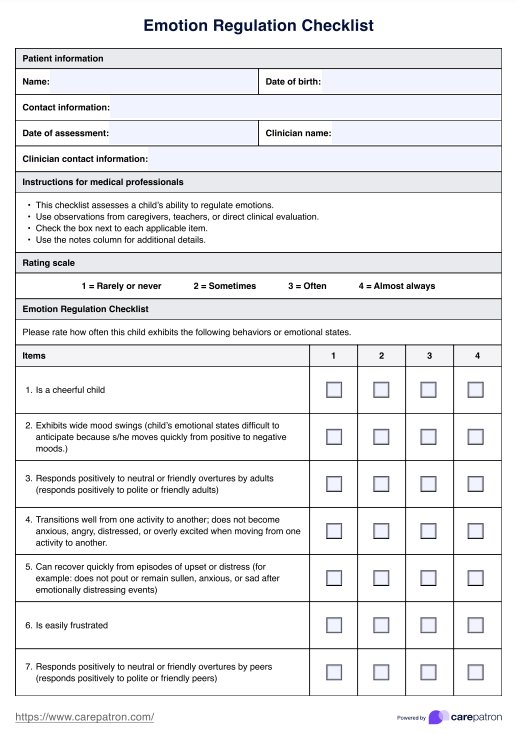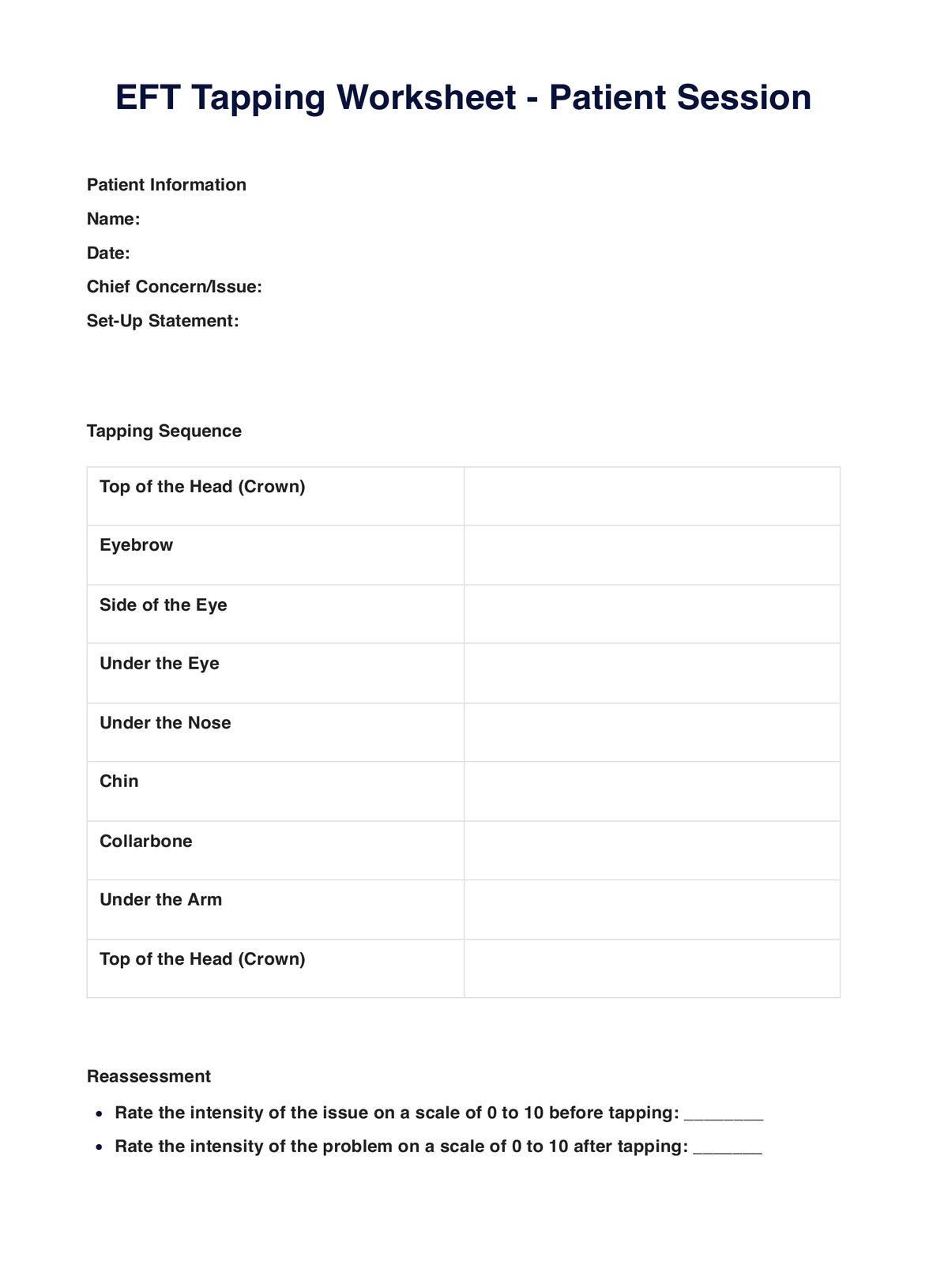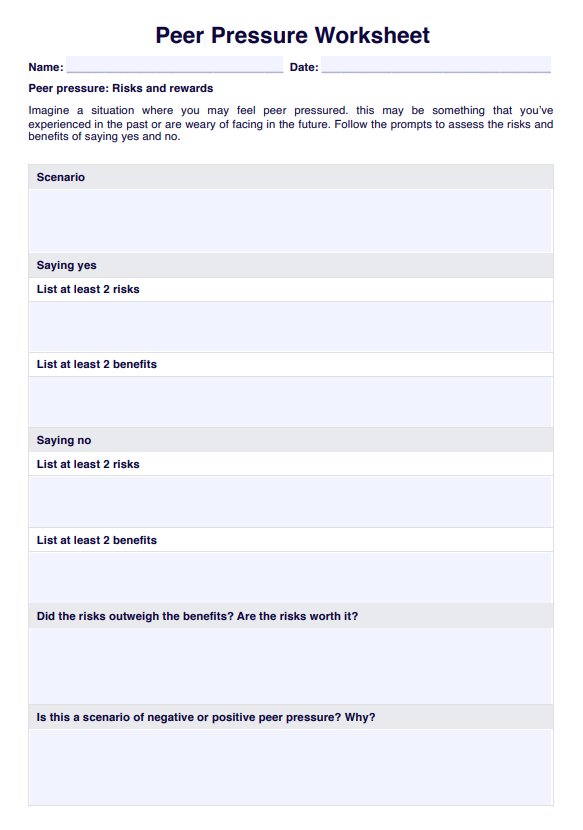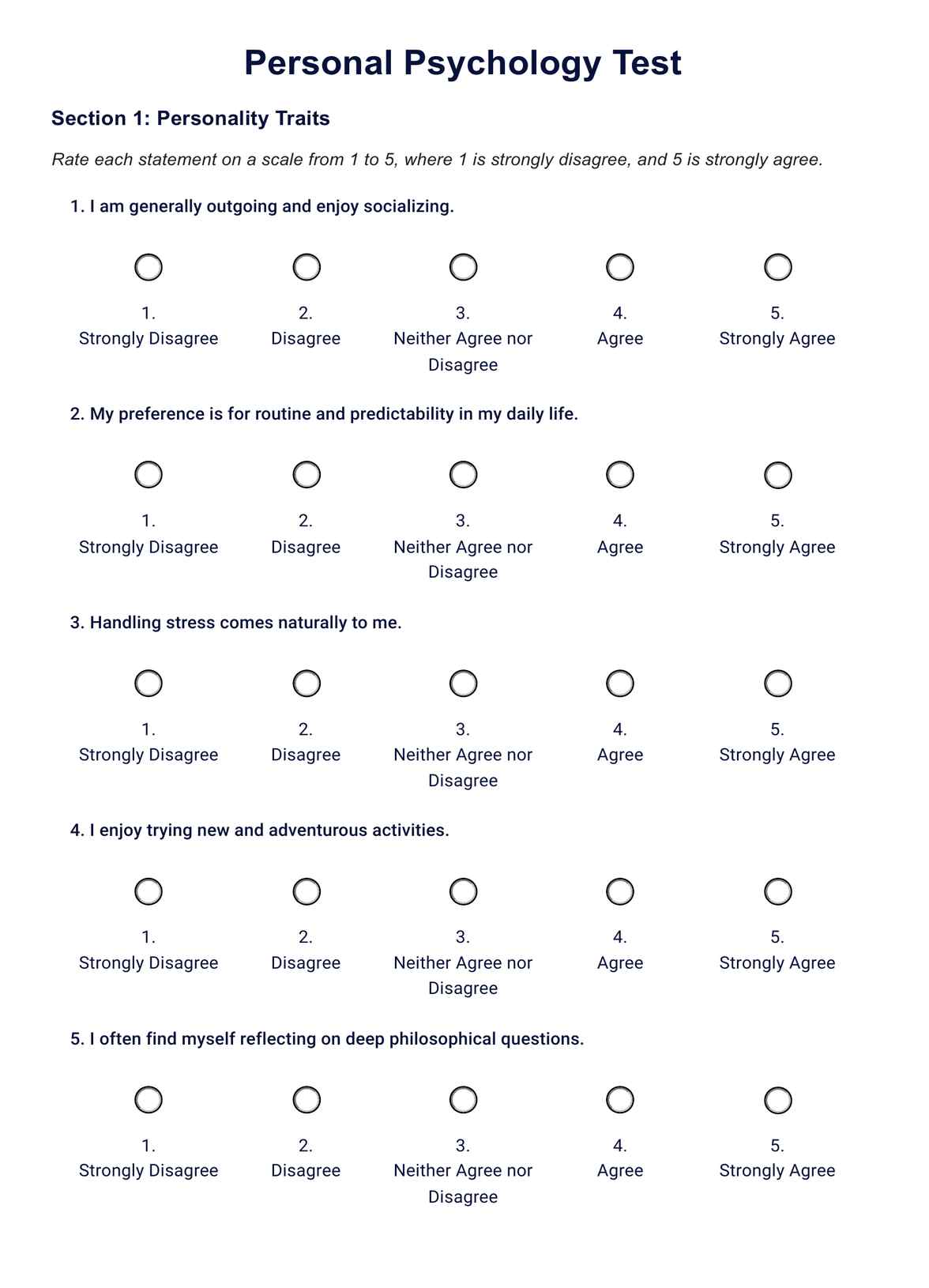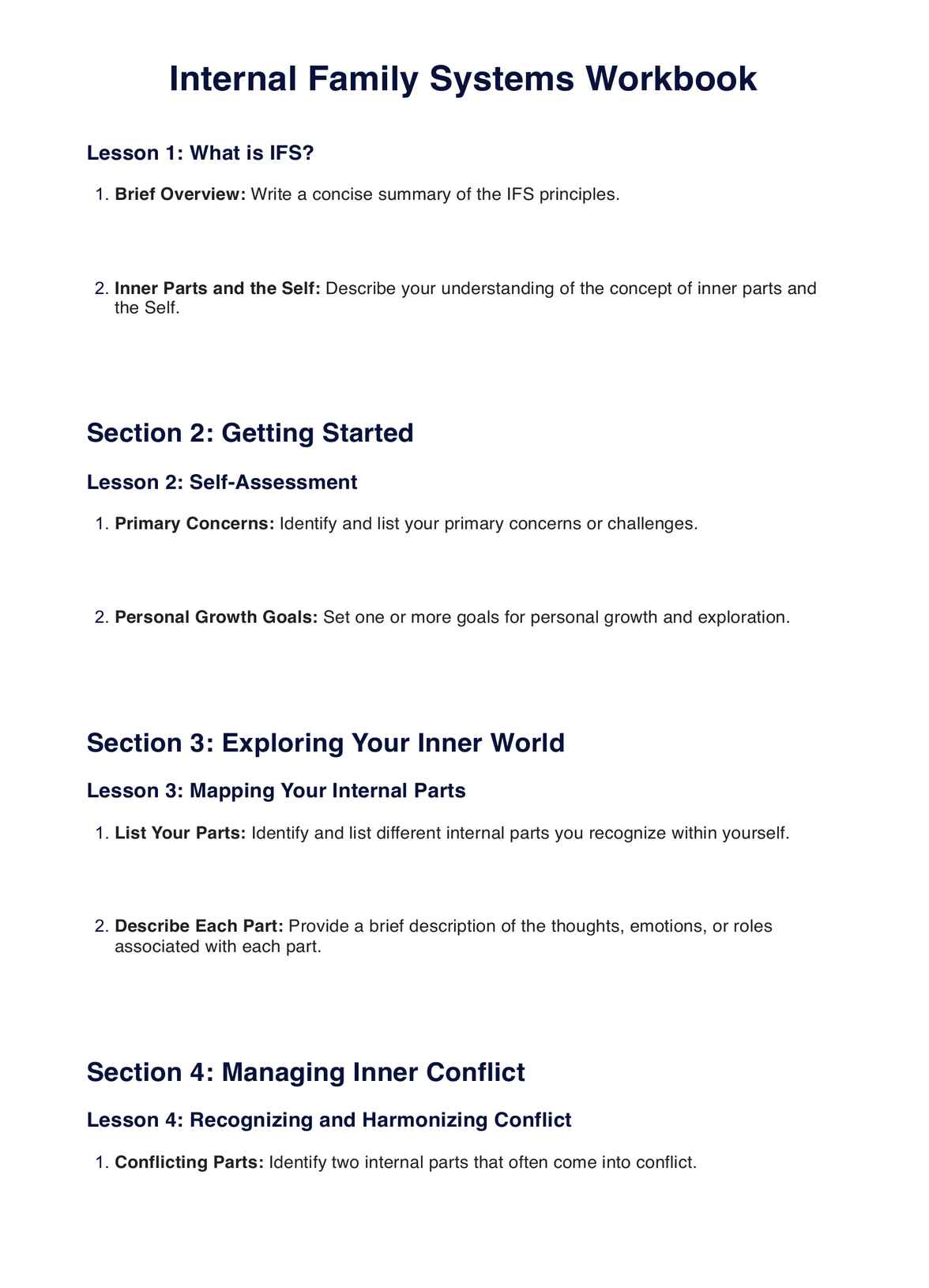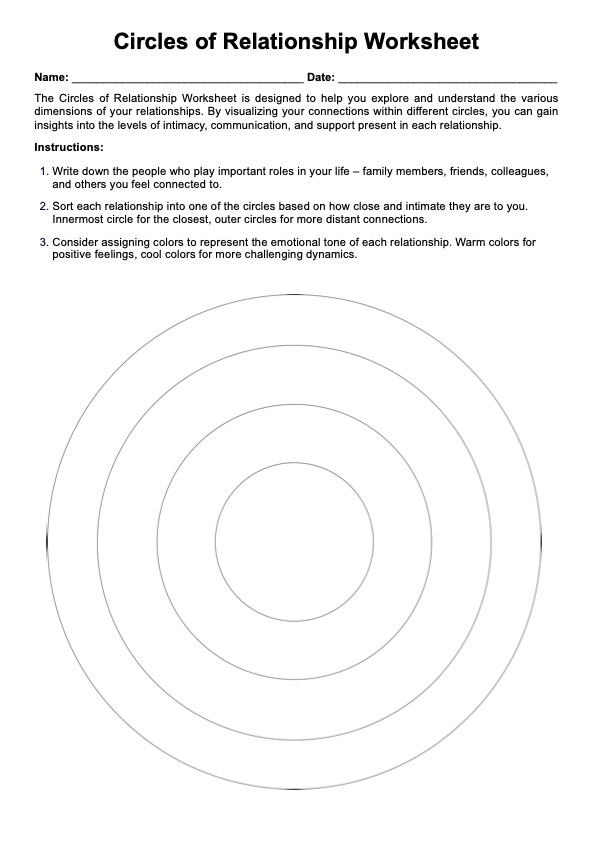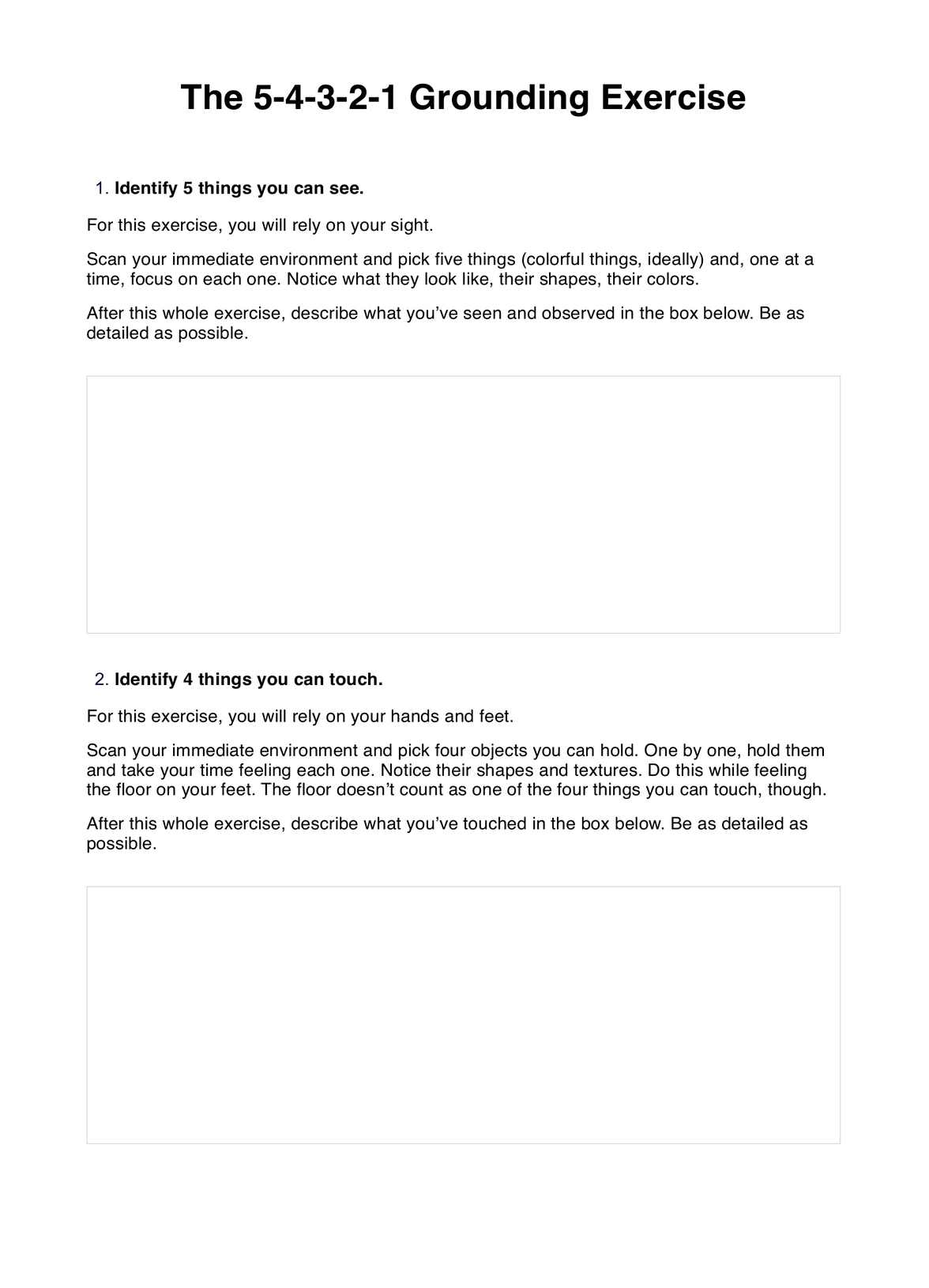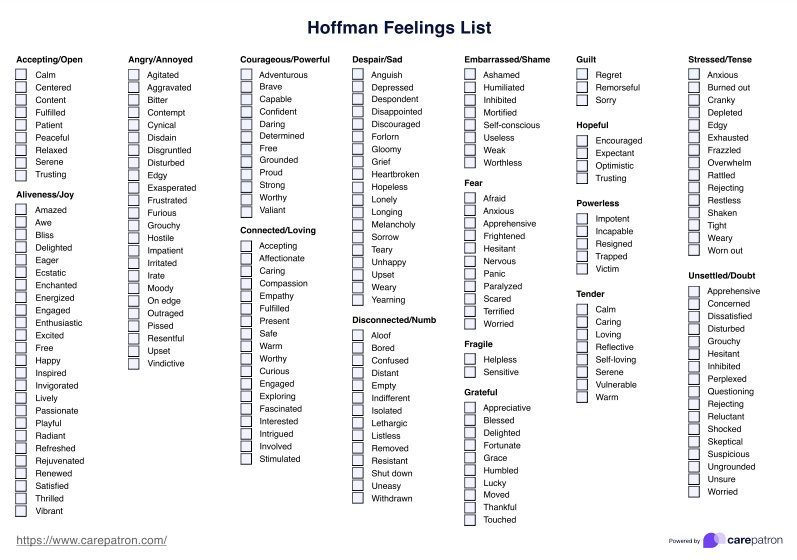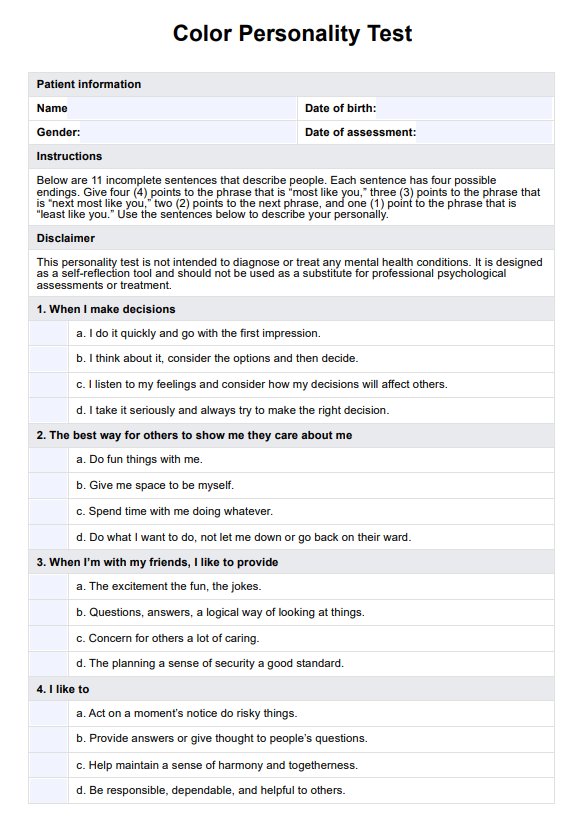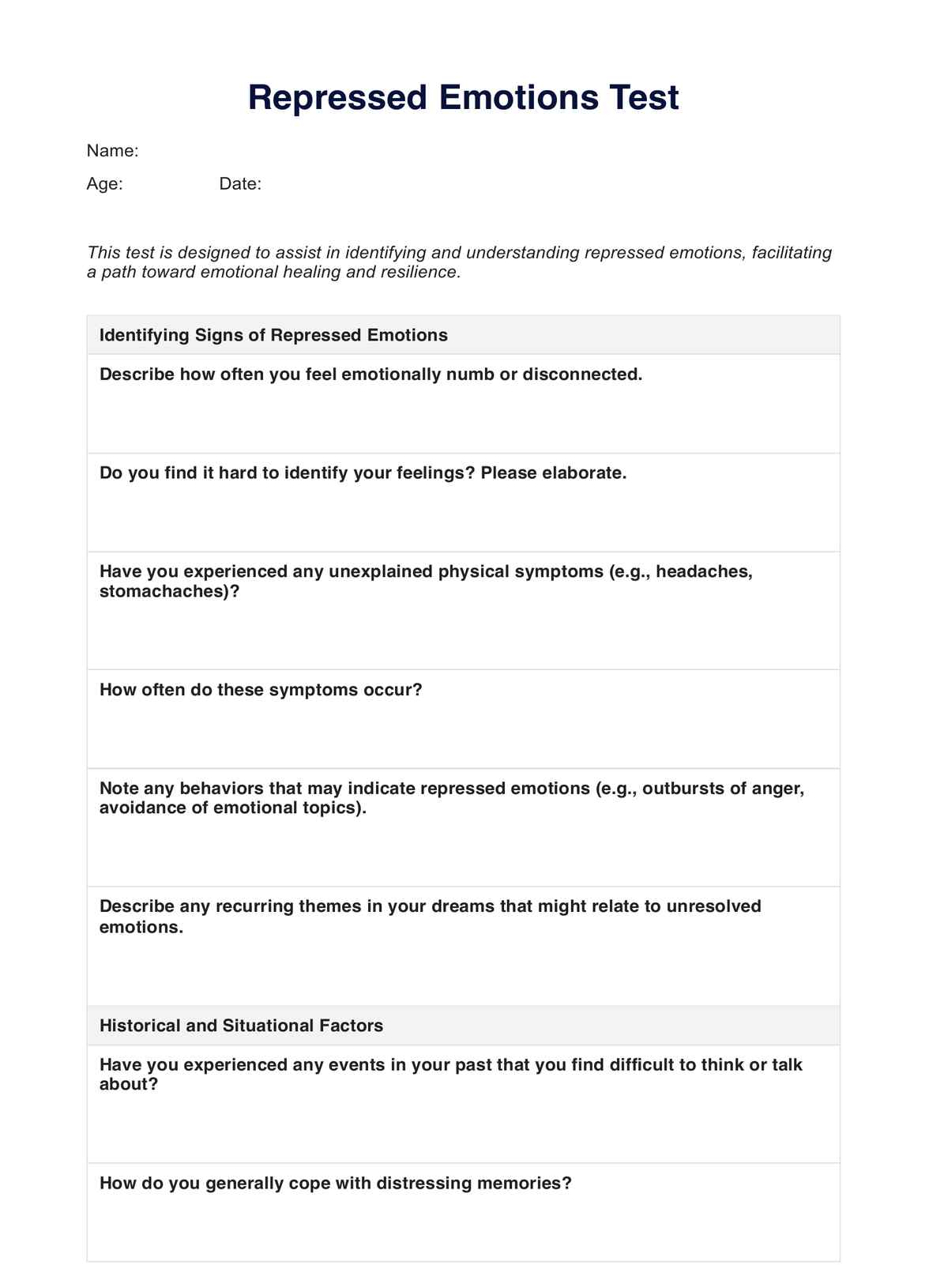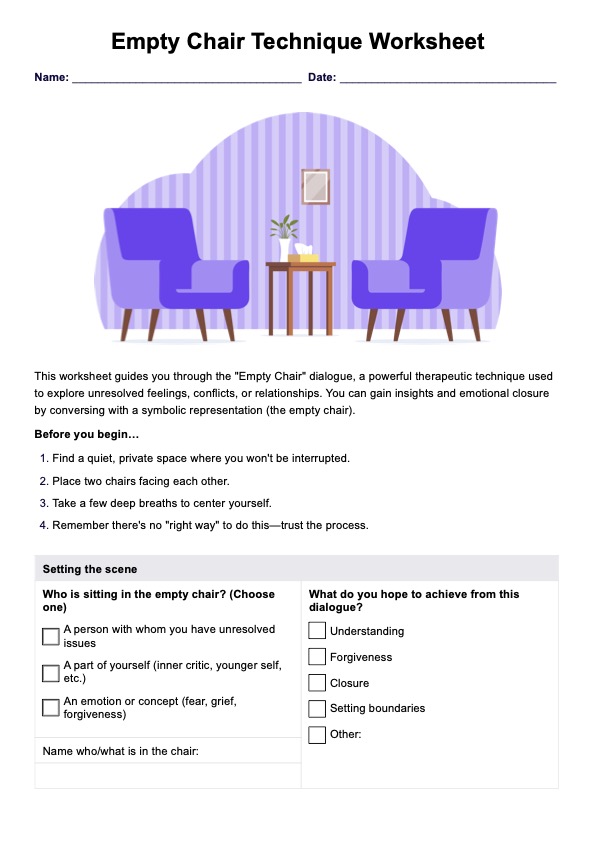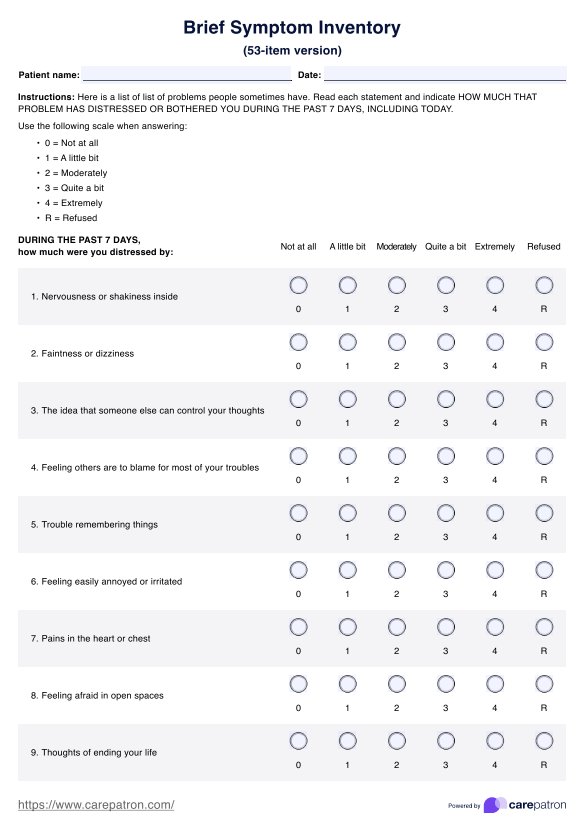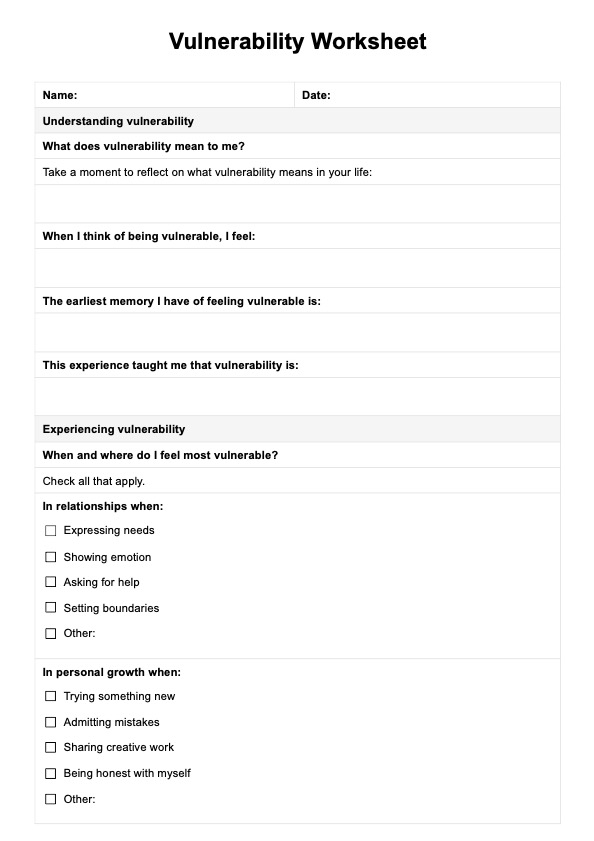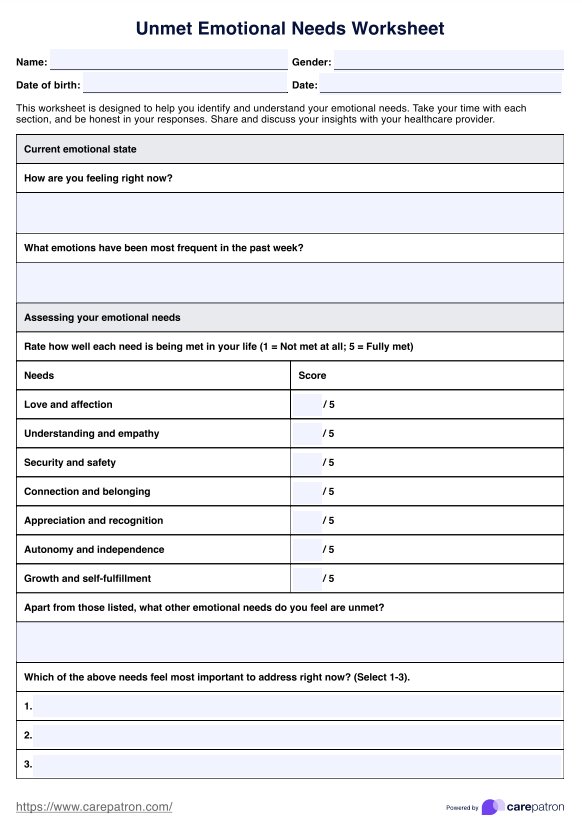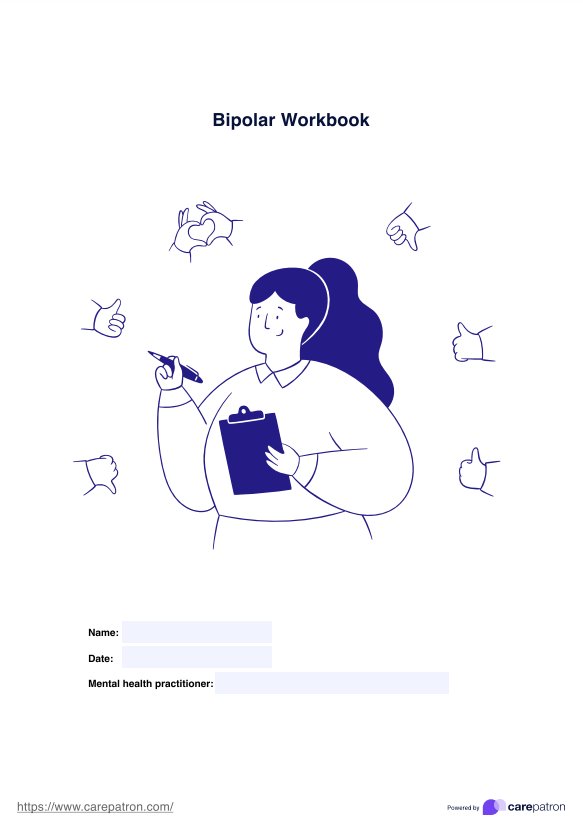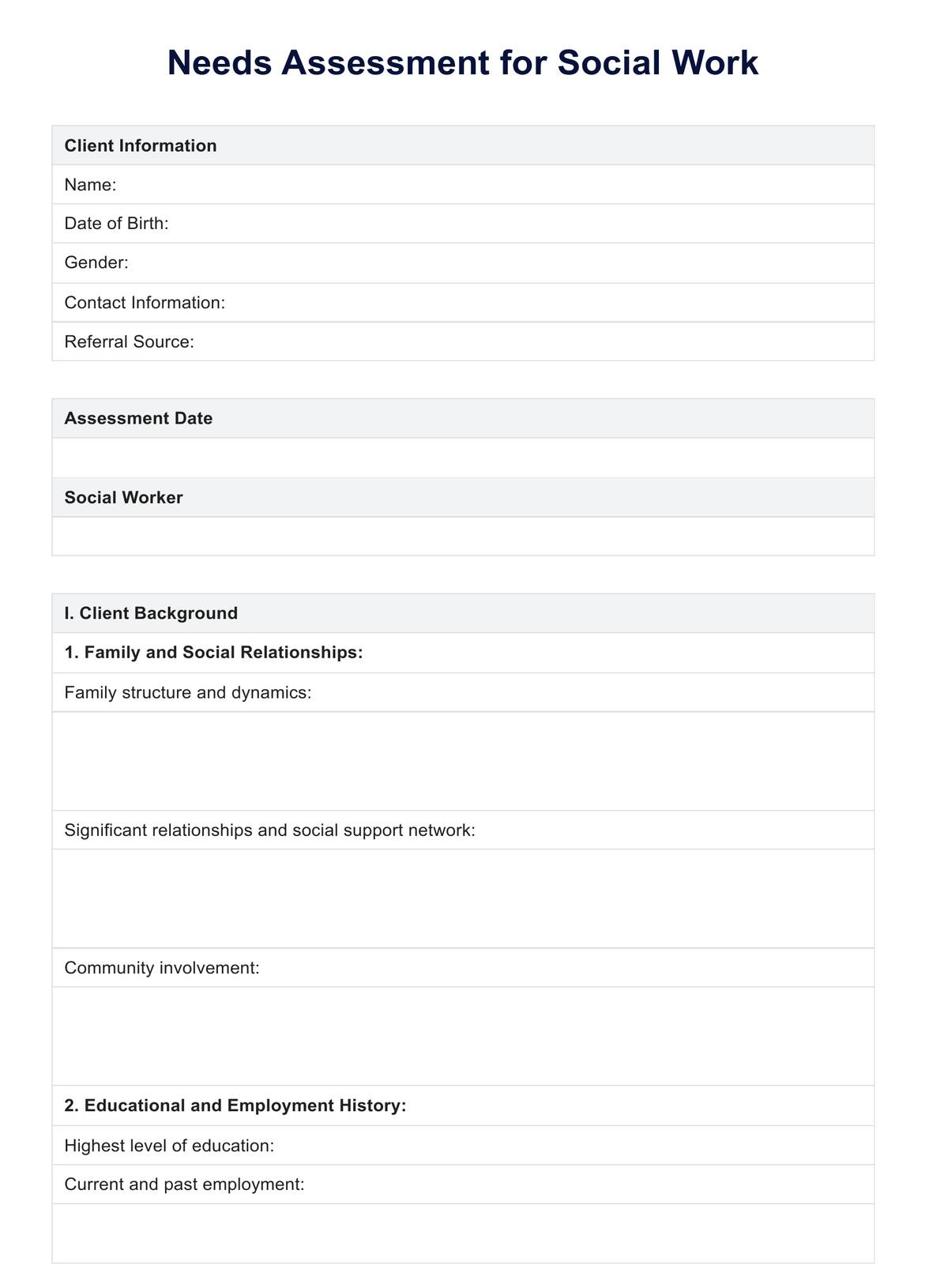Family Conflict Resolution Strategies PDF
Discover effective family conflict resolution strategies. Use our worksheet template PDF to improve communication and strengthen relationships.


Understanding family conflict
Family conflict is a normal and inevitable part of family life. While it can be distressing, understanding its causes and impacts can help family members develop strategies to resolve conflicts and maintain healthy family relationships.
Common causes of family conflict
Several factors can contribute to family conflicts:
- Communication breakdowns: Misunderstandings or lack of effective communication skills can lead to hurt feelings and disputes.
- Differing values and beliefs: As family members develop their individual identities, conflicts may arise over diverging views on religion, politics, or lifestyle choices.
- Financial stress: Disagreements over money management, especially in a family business context, can strain relationships.
- Life transitions: Major changes such as marriages, births, or career shifts can disrupt family dynamics and lead to conflict.
- Generational gaps: Differences in perspectives between older and younger family members can create tension.
- Unresolved past issues: Lingering resentments or unaddressed problems from the past can resurface and cause ongoing conflict.
Problems caused by family conflict
When left unresolved, family arguments can lead to various issues:
- Emotional distress: Persistent conflicts can negatively impact the well-being of all family members, potentially leading to anxiety, depression, or other mental health concerns.
- Strained relationships: Ongoing conflicts can erode trust and intimacy within family relationships, making it difficult to maintain positive interactions.
- Disrupted family culture: Frequent arguments can create an inevitable tension, affecting family gatherings and the overall family dynamic.
- Behavioral issues: Children exposed to constant family conflict may exhibit problematic behaviors at home or school.
- Health problems: The stress from such conflicts can manifest in physical health issues for family members.
- Isolation: Family members may withdraw from each other or avoid family activities to escape conflict.
- Intergenerational impact: Unresolved conflicts can affect multiple generations, potentially creating long-lasting family rifts.
Families may benefit from family therapy or family counseling to address these issues, which can provide tools to resolve family conflicts, improve communication skills, and rebuild family bonds. Learning to manage conflicts constructively and focus on positive interactions can help create a healthier family environment where all family members feel valued and understood.
Family Conflict Resolution Strategies PDF Template
Family Conflict Resolution Strategies PDF Example
Examples of Family Conflict Resolution Strategies
Effective family conflict resolution strategies are essential for resolving conflicts, maintaining healthy family relationships, and promoting a positive family culture. These strategies can help family members address hurt feelings, improve communication skills, and foster understanding within the family unit. Here are five key strategies that can be employed to resolve family conflicts and strengthen family bonds:
1. Active listening and empathy
Encourage your client's family members to practice active listening by giving full attention to other family members or the speaker and acknowledging their feelings. This fosters empathy, helping family members understand each other's perspectives and reduce misunderstandings.
2. Family meetings
Encourage your client to hold a regular family gathering or family counseling dedicated to open discussion. These provide a structured environment for addressing ongoing conflicts, hearing other people's points, allowing family members to voice concerns, and evaluating each family member's behavior. This strategy allows them to collaboratively work on solutions.
3. "I" statements and non-violent communication
Teach the client and their family members to use "I" statements instead of accusatory language. This approach and non-violent communication techniques can lead to more productive conversations and positive interactions.
4. Conflict resolution skills training
If the client and their family aren't in family therapy or counseling yet, encourage them to start in order to develop essential conflict resolution skills such as negotiation, compromise, and anger management. These skills are particularly beneficial for addressing complex family issues.
5. Time-out and cooling-off periods
Help your client develop and implement a system where family members can call for a "time-out" during heated arguments. This allows every family member to calm down and reflect before re-engaging in discussion, preventing conflicts from escalating.
By incorporating these strategies, many families can work towards resolving conflicts more effectively, improving overall well-being, and strengthening the family unit.
How to use our Family Conflict Resolution Strategies PDF template
Our Family Conflict Resolution Strategies PDF template is designed to help families address and resolve conflicts effectively, promoting healthy relationships and a positive family culture. Here are three steps to utilize this template:
Step 1: Identify and describe the conflict
Use the template with clients to help them describe the specific situation causing tension. Encourage each person to express their feelings and perspective, focusing on "I" statements to avoid blame. This step helps normalize change requests and creates a foundation for mutual understanding.
Step 2: Analyze root causes and impacts
Discuss the underlying concerns and causes of family conflict. Consider how the conflict affects the family unit, individual well-being, and family bonds. Include relevant factors such as different expectations, generational gaps, or in-law issues.
Step 3: Develop an action plan
Collaboratively create a plan to resolve the conflict. Use the template to outline specific steps, including how to improve communication skills and foster positive interactions. Set a timeline for implementing changes and schedule follow-up family gatherings to check in on progress. Remember, not everything is worth fighting over, so focus on resolving issues that significantly impact family life.
By following these steps and utilizing the template, families can work towards resolving conflicts peacefully, strengthening family relationships, and creating a more harmonious environment under the same roof.
Benefits of using our template
Our Family Conflict Resolution Strategies PDF template offers a structured approach to addressing and resolving family conflicts. This tool can help families navigate challenges and strengthen their relationships by providing a framework for constructive dialogue and problem-solving.
Promotes calm and constructive communication
The template encourages family members to express themselves calmly, focusing on each person's point of view. This approach helps them focus on the other person's point, steering clear of anger, and promoting emotional intelligence. With this approach, even minor conflicts can be resolved peacefully.
Addresses underlying concerns
The template helps uncover unresolved issues and underlying concerns by guiding families to explore the root causes of interpersonal conflict. This deeper understanding can lead to more authentic repair and long-lasting solutions, benefiting the whole family.
Fosters positive relationships
Teaching your client to use the template regularly can positively affect family dynamics, helping parents and children create a sense of unity. It encourages families to express remorse when needed and work together positively, ensuring that relationships are quickly repaired and conflicts are resolved in many forms.
Commonly asked questions
Our Family Conflict Resolution Strategies PDF template benefits families in conflict by providing a structured approach to addressing issues. It encourages calm communication, helps identify underlying concerns, and promotes collaborative problem-solving. By using this tool, families can develop better communication skills, increase emotional intelligence, and strengthen their relationships, ultimately creating a more harmonious family environment.
Therapists and counselors help families resolve conflict by providing a neutral, safe space for open communication and teaching practical conflict resolution skills. They identify underlying issues, offer strategies to manage emotions and facilitate productive discussions. These professionals guide families through addressing conflicts, working towards healthier relationships, and improving overall well-being.



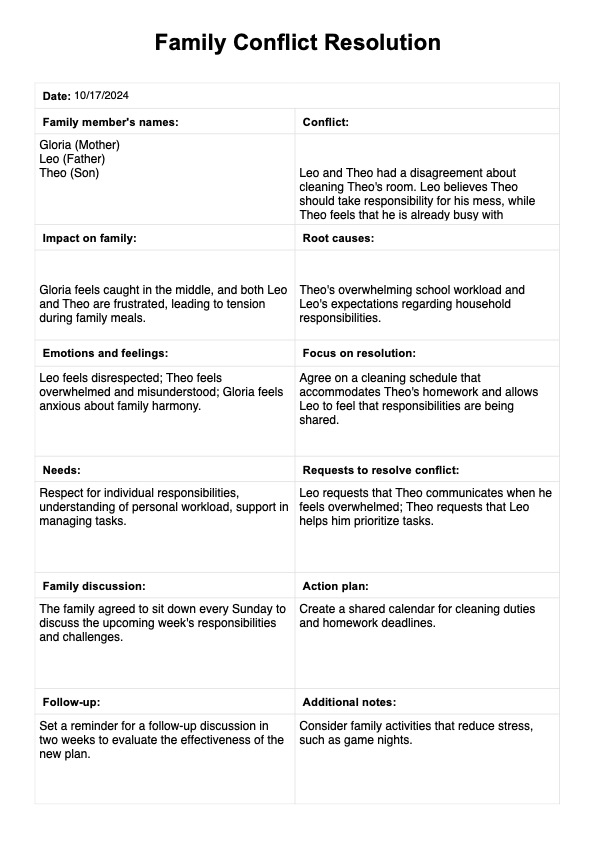

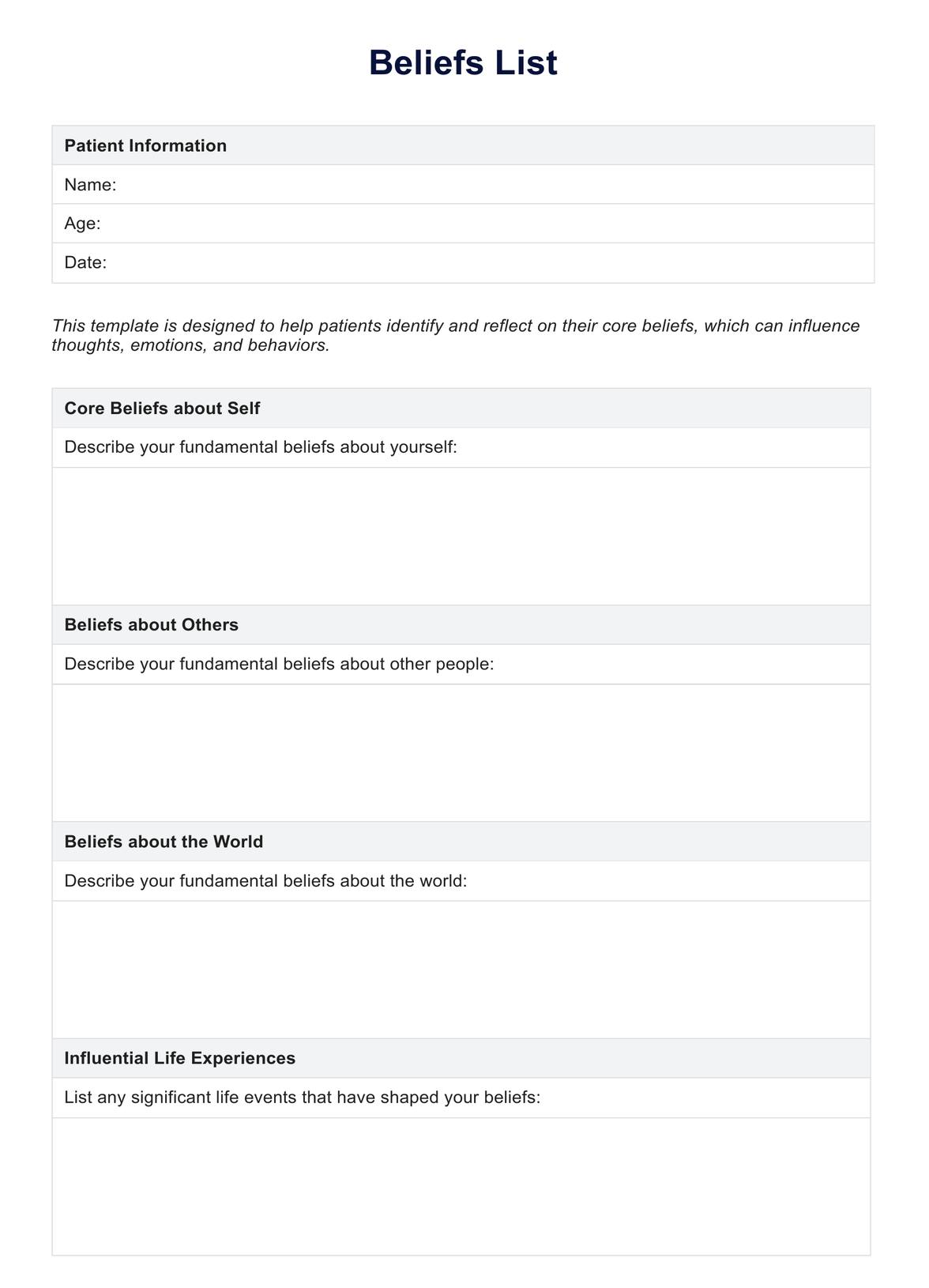
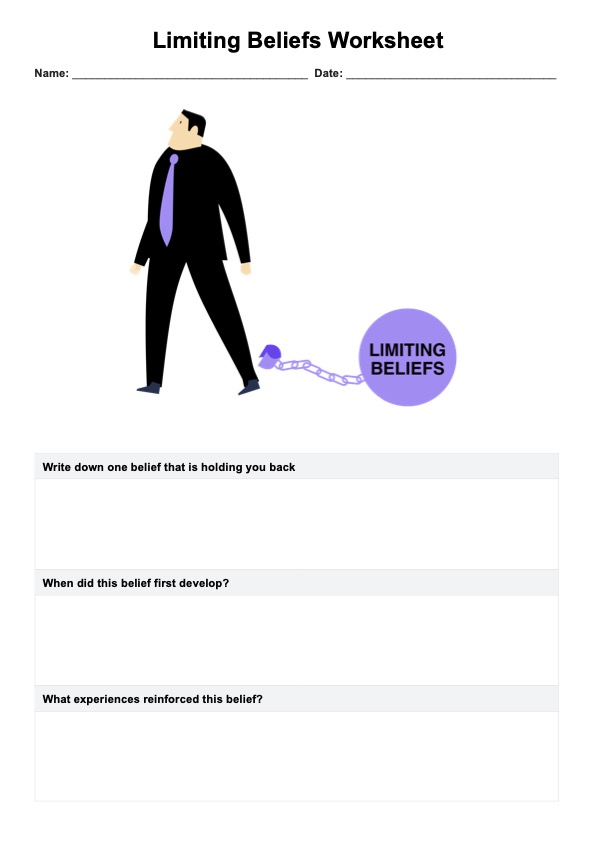
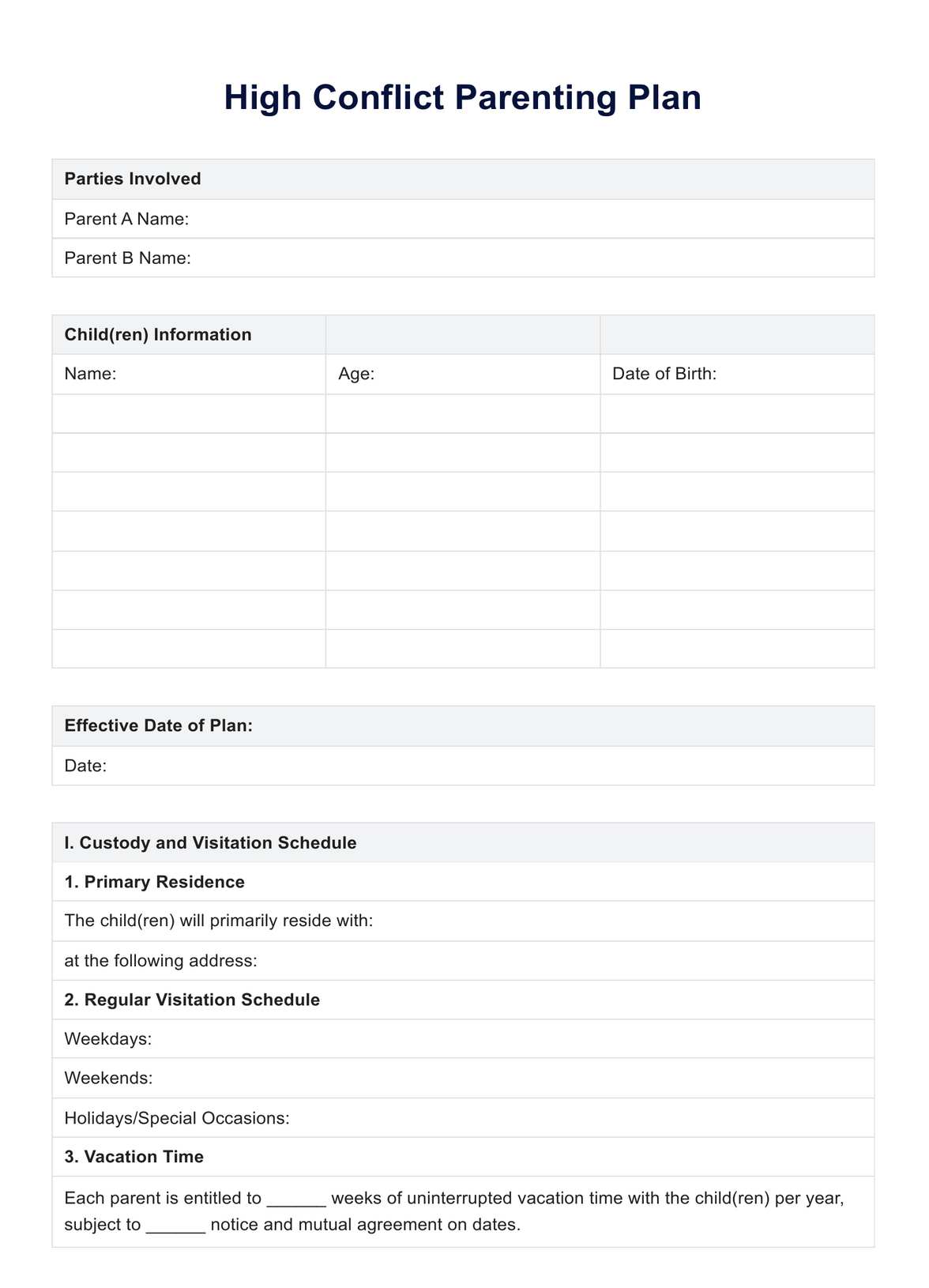


-template.jpg)

